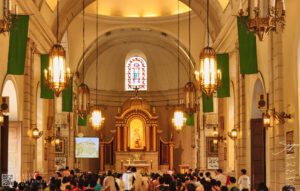
Malate Church
Malate Church stands as a profound symbol of faith, resilience, and artistry, preserving its sacred role and architectural splendor through centuries of triumphs and trials.
When you think of Manila, you probably imagine vibrant street life, Spanish-era churches, or food stalls dishing out sisig and lumpia. But just beyond the usual tourist trail lies a lesser-known cultural gem inside the Manila Chinese Cemetery—a place that quietly carries the weight of over a century of faith, tradition, and community: Chong Hock Tong Temple.
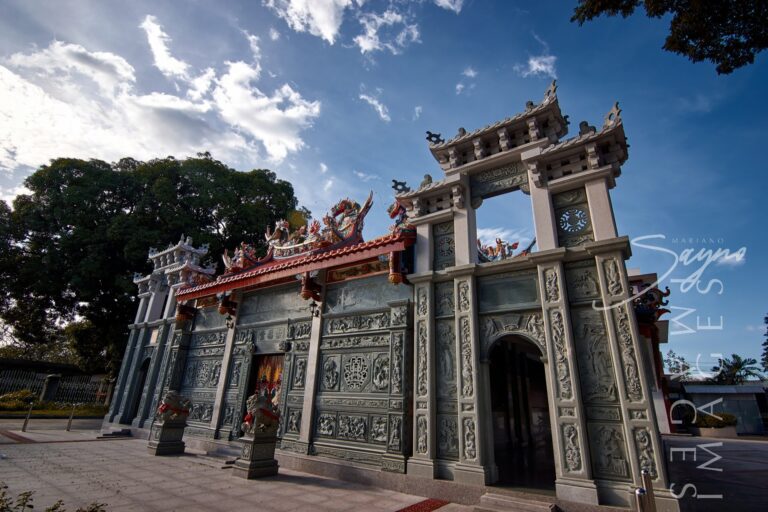
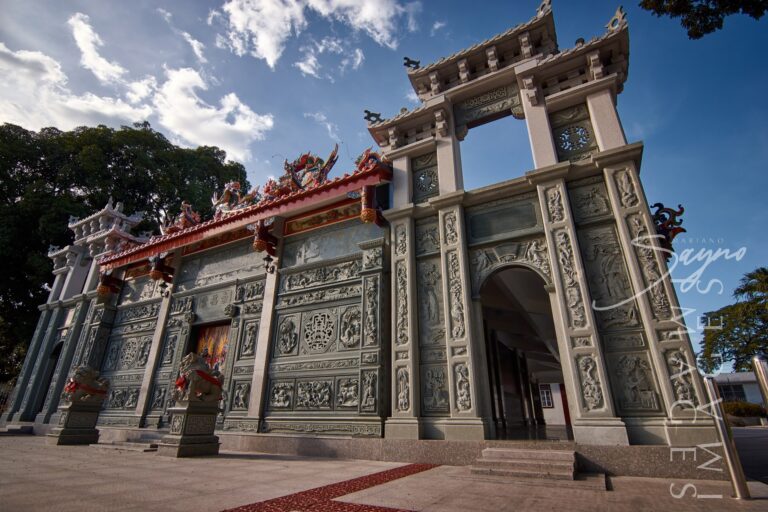
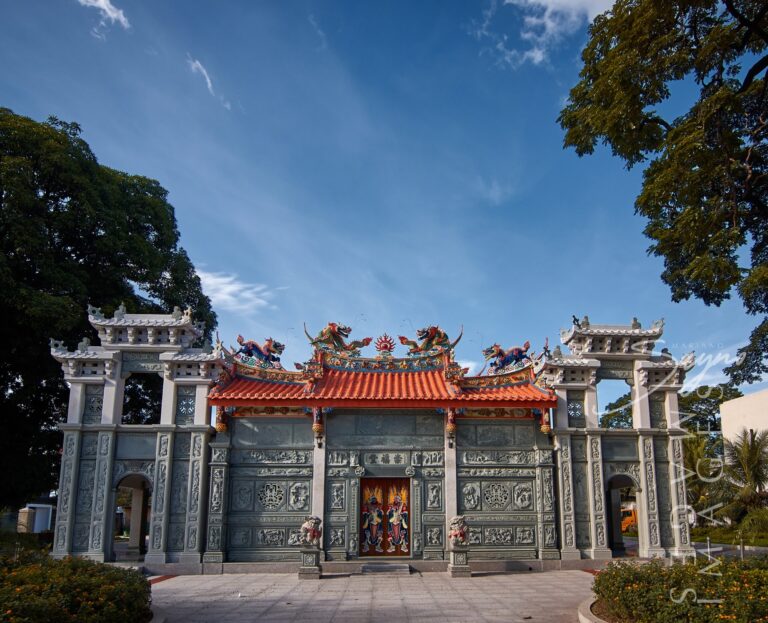
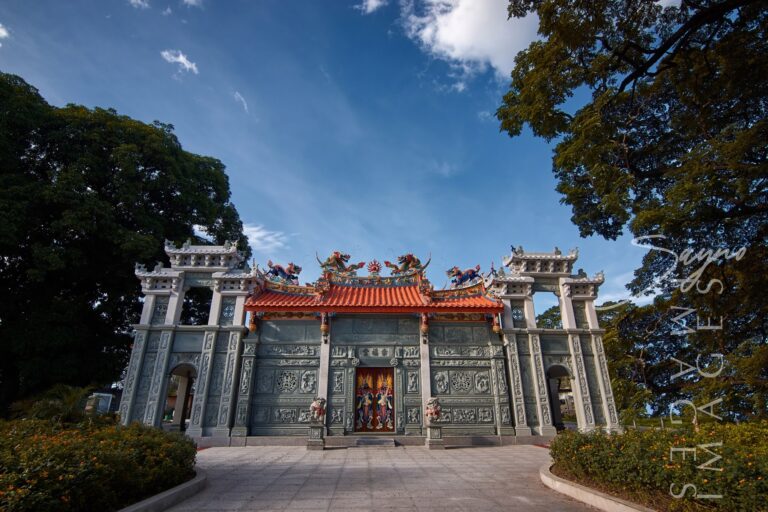
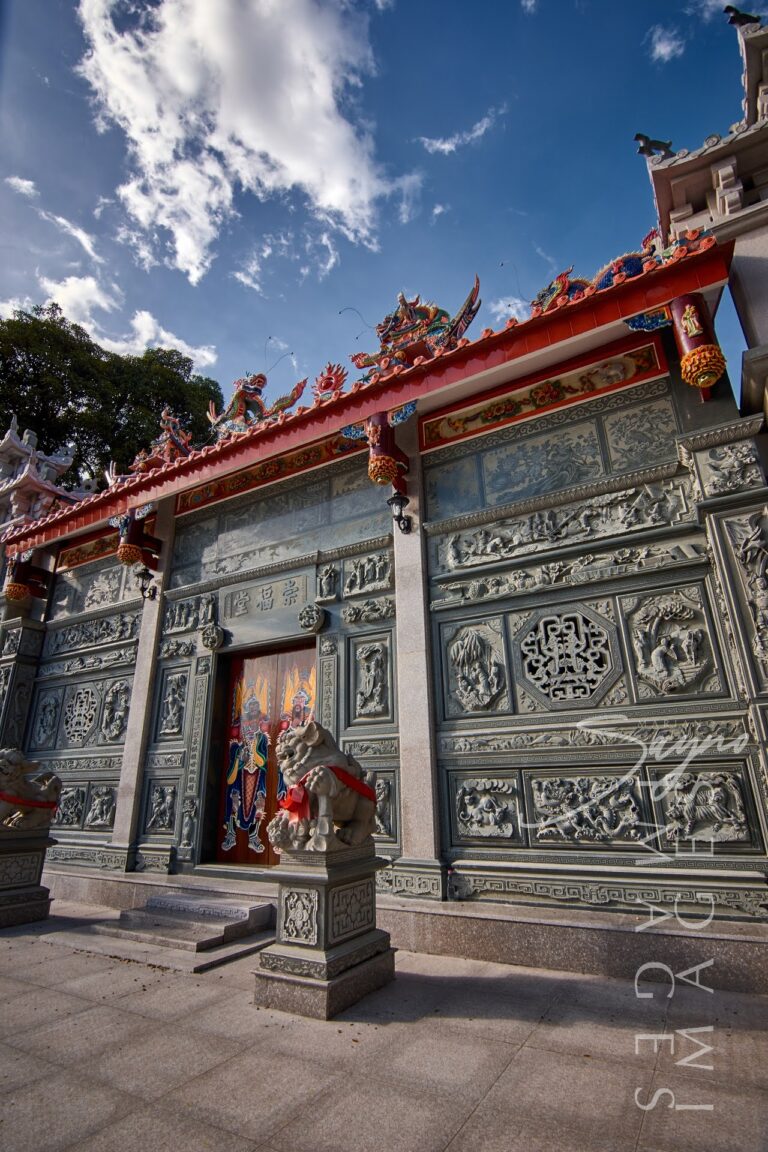



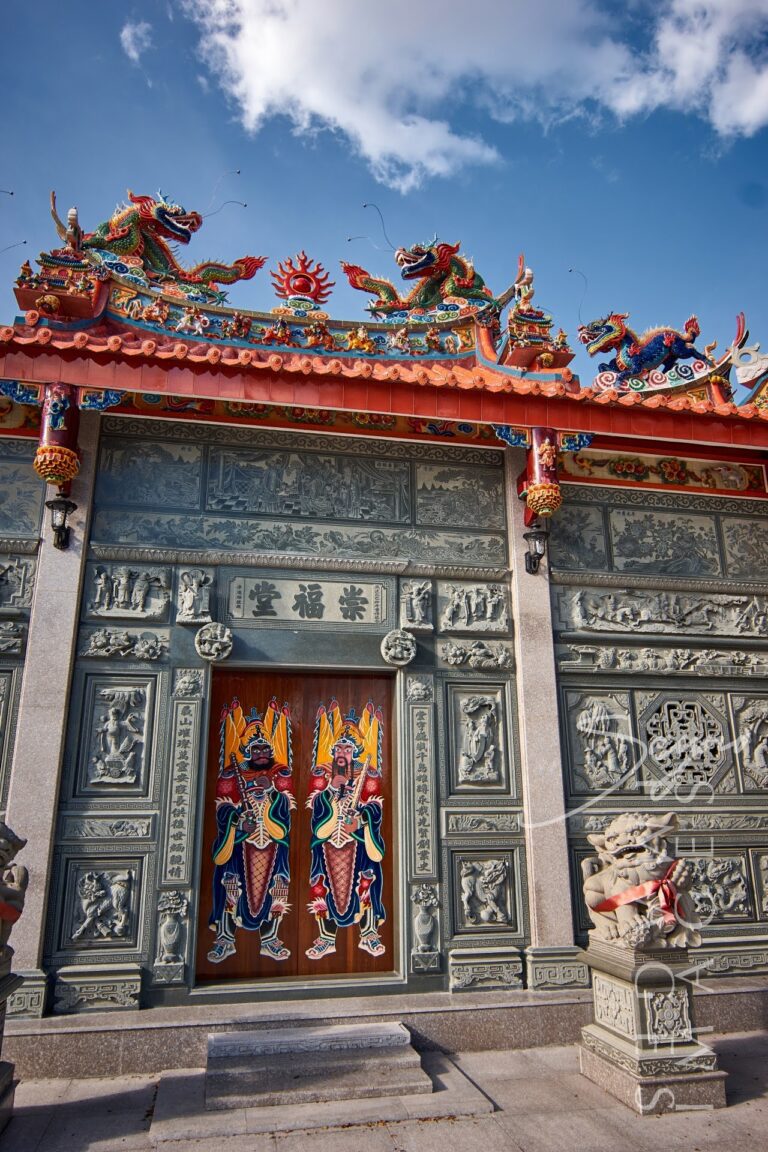
Built way back in 1878, Chong Hock Tong Temple wasn’t just the first Chinese temple in Manila—it was the spiritual anchor of the city’s Chinese-Filipino community. Sitting in the heart of the cemetery, it stood as a visual and cultural bridge between two worlds: Chinese roots and Filipino soil. And its design? Absolutely unique. Imagine the bold red-and-gold motifs of Fujian temples—upturned eaves, vivid friezes, dragons curling across the rooftop—and now mix that with the quiet elegance of a church. The temple even had side belfries, which isn’t something you’d expect from a Chinese shrine. But that’s what made it stand out. It embraced the blend of Taoist, Buddhist, and Christian influences that shaped many Chinese-Filipino communities.
For over a century, the temple stood strong—weathering time, war, and even changing city skylines. But in 2015, the original structure was torn down. The official reason? Termite infestation and structural safety. But not everyone agreed. A lot of heritage advocates saw it as a heartbreaking loss—an irreplaceable part of Manila’s historical fabric suddenly gone.
It was a tough call. On one hand, there was genuine concern about the building’s condition. On the other, it was one of the oldest surviving Chinese-style temples in the country. The decision sparked heated debates on cultural preservation versus property rights, and honestly, it opened a larger conversation about how we protect spaces tied to identity and memory.
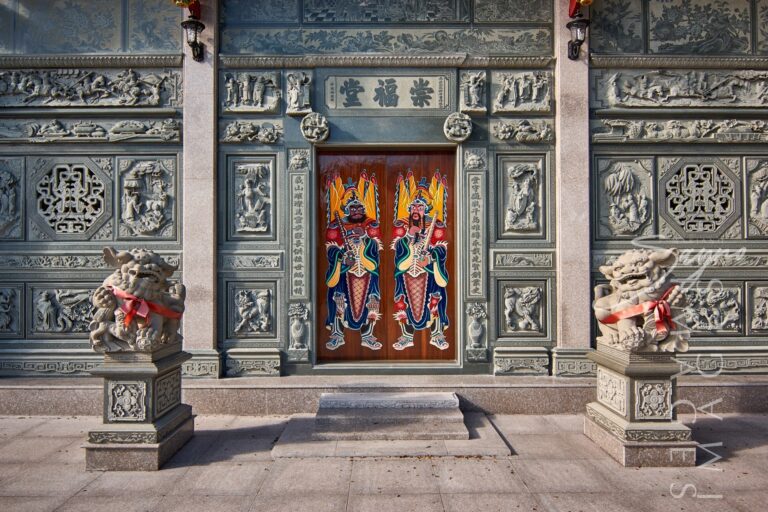
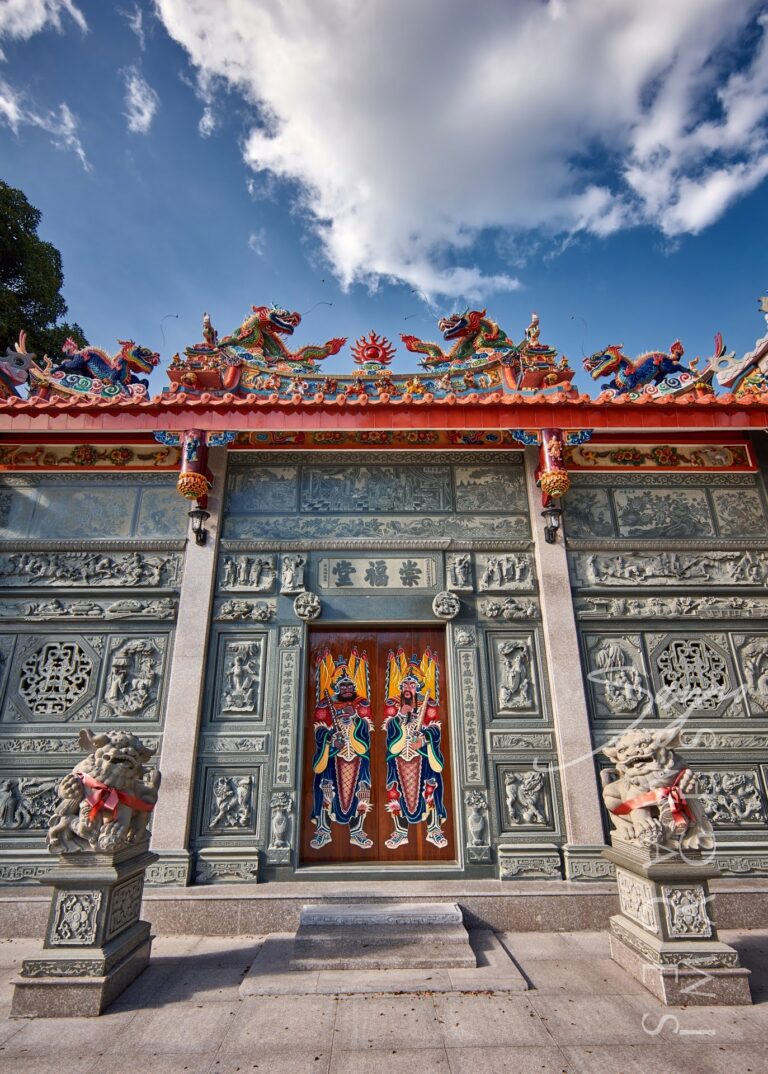
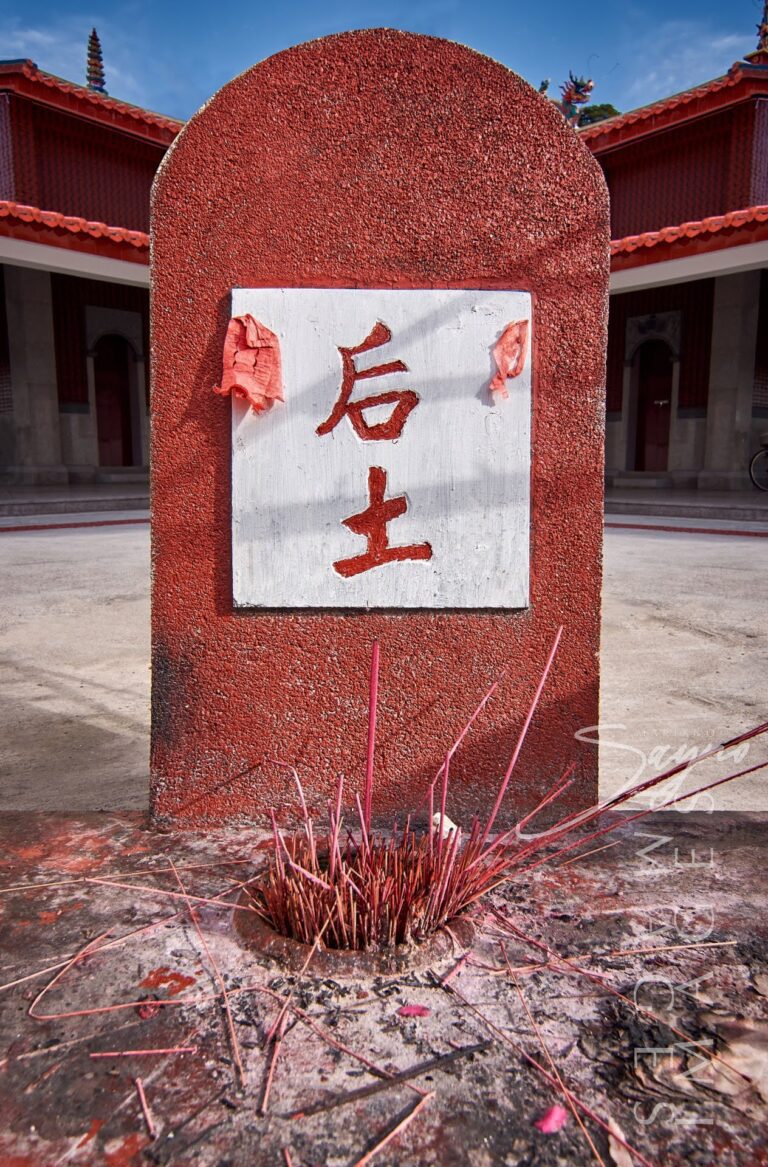
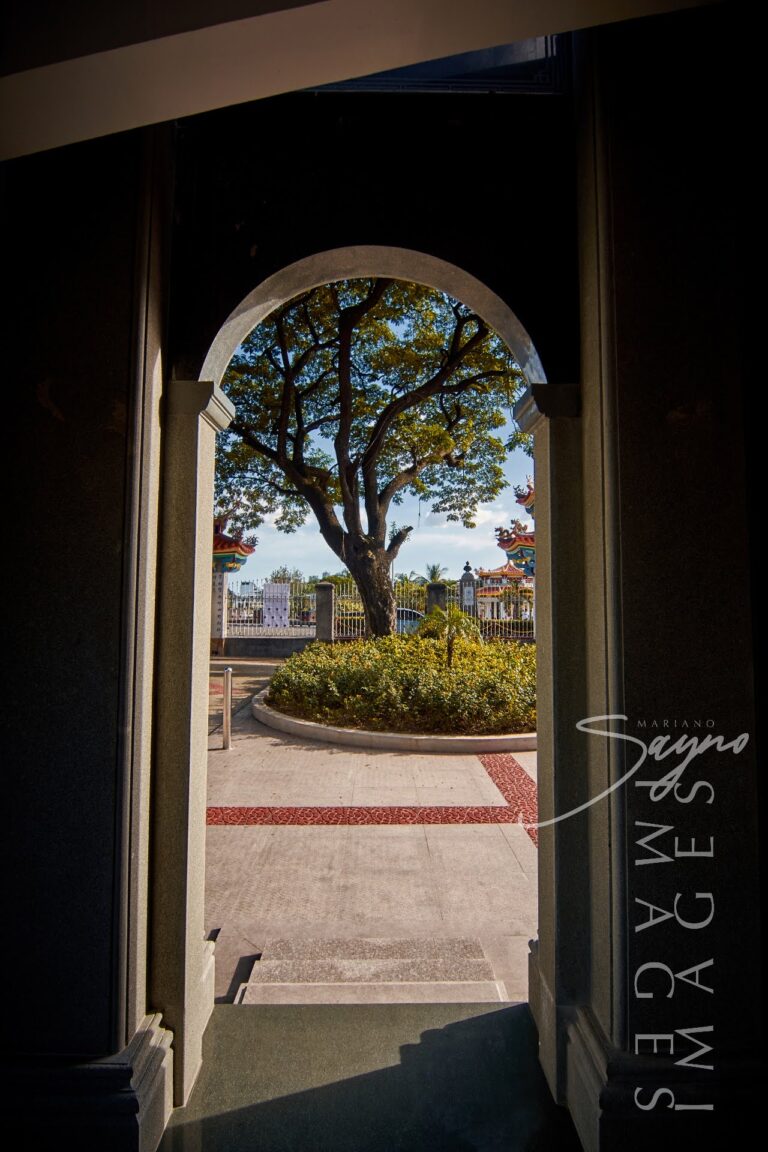
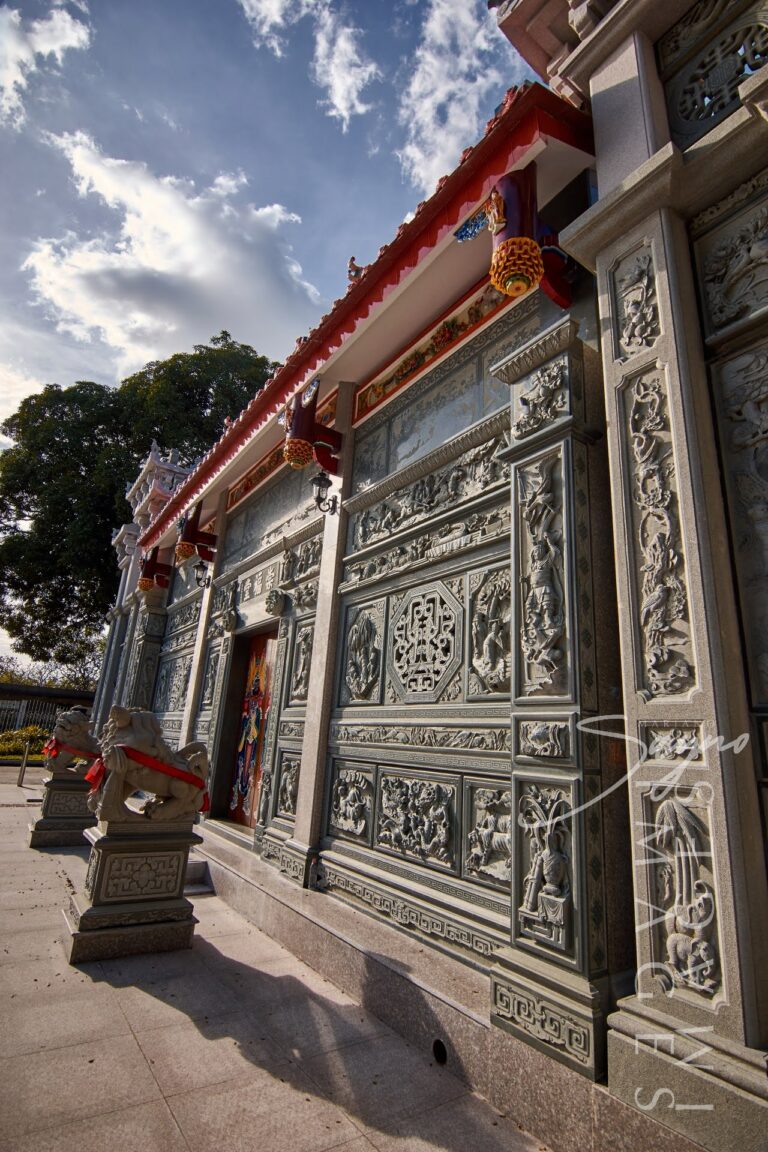
In 2017, a new structure rose on the same site—this time built entirely from stone. It’s bolder, more fortified, and still honors its past, though with modern flourishes. Crafted by builders from mainland China, the new temple reflects a more contemporary interpretation of Chinese sacred spaces.
Some will say it lacks the original charm, the weathered details that gave it character. But others see it as a symbol of endurance—a community determined not to let go of its spiritual home, even if it had to rebuild from the ground up.
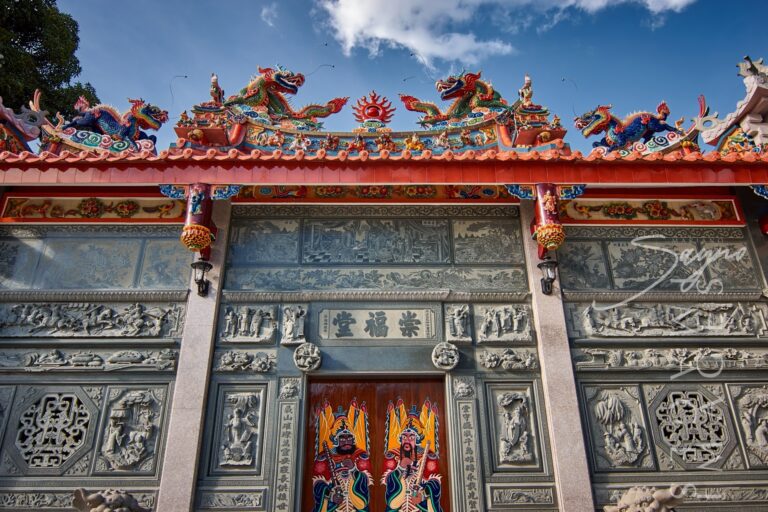
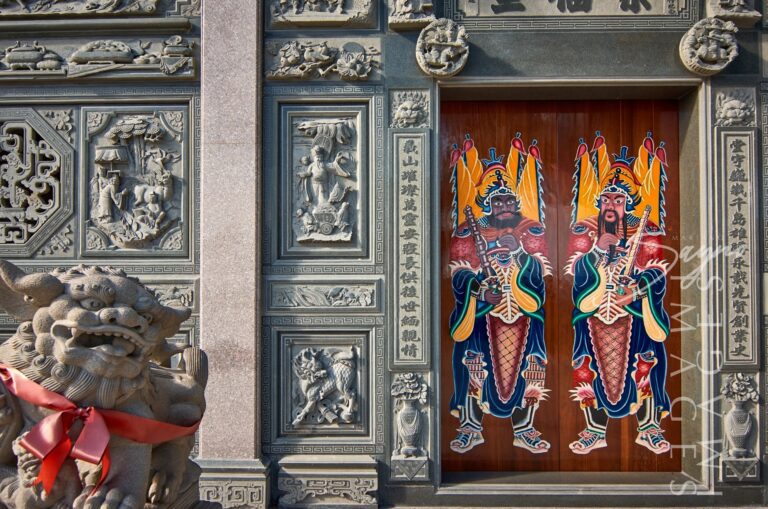
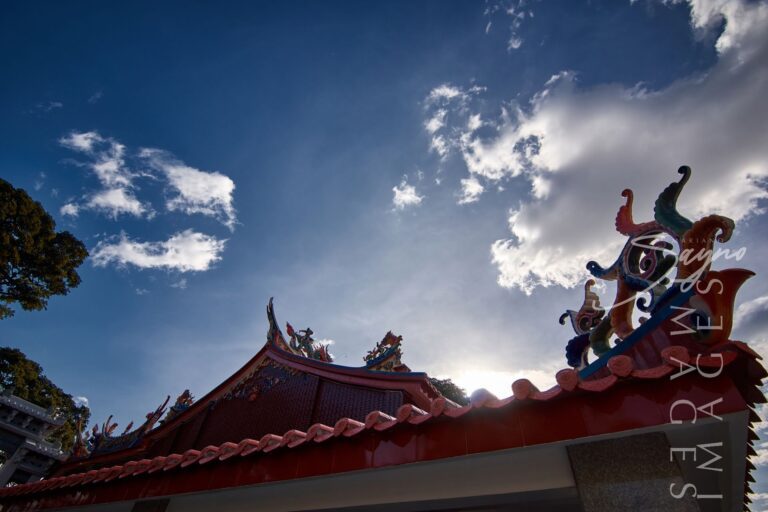

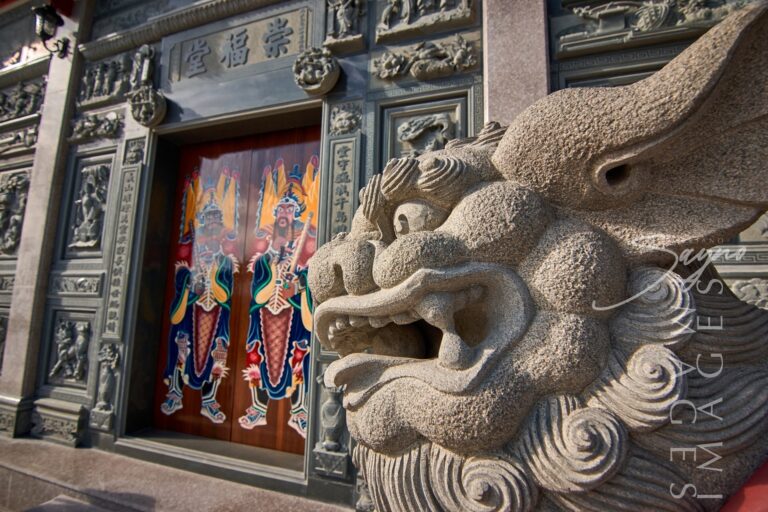

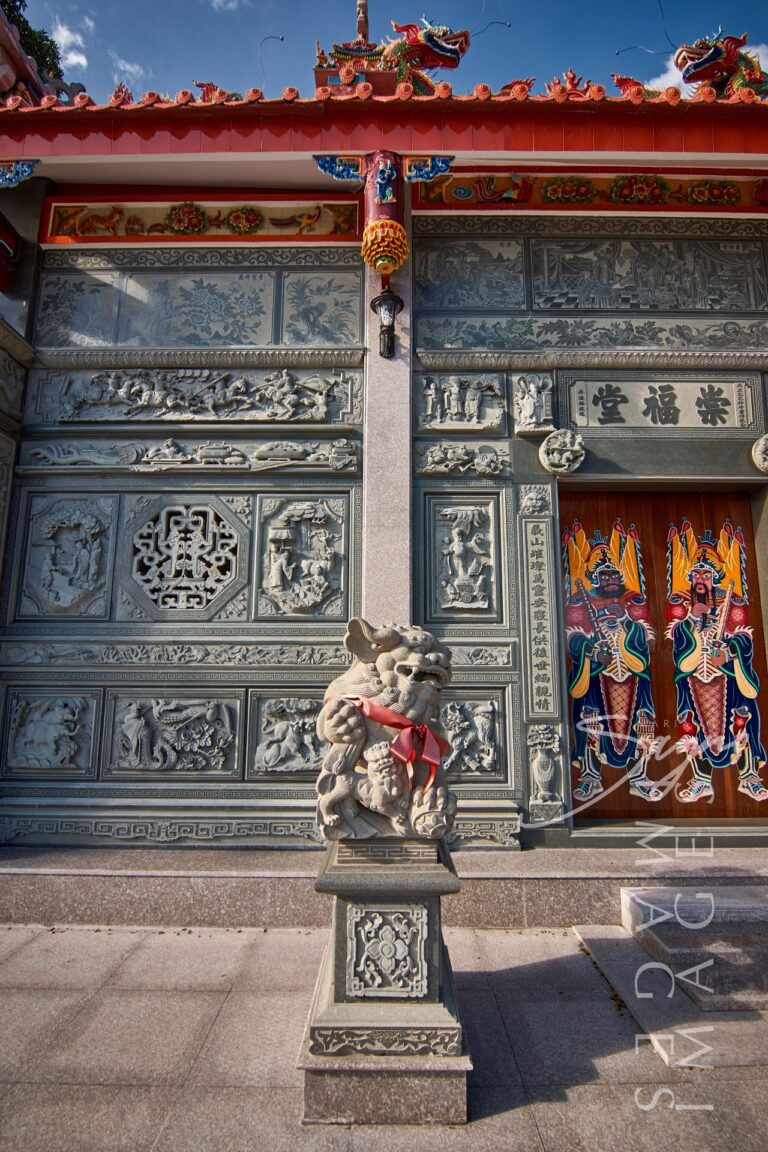
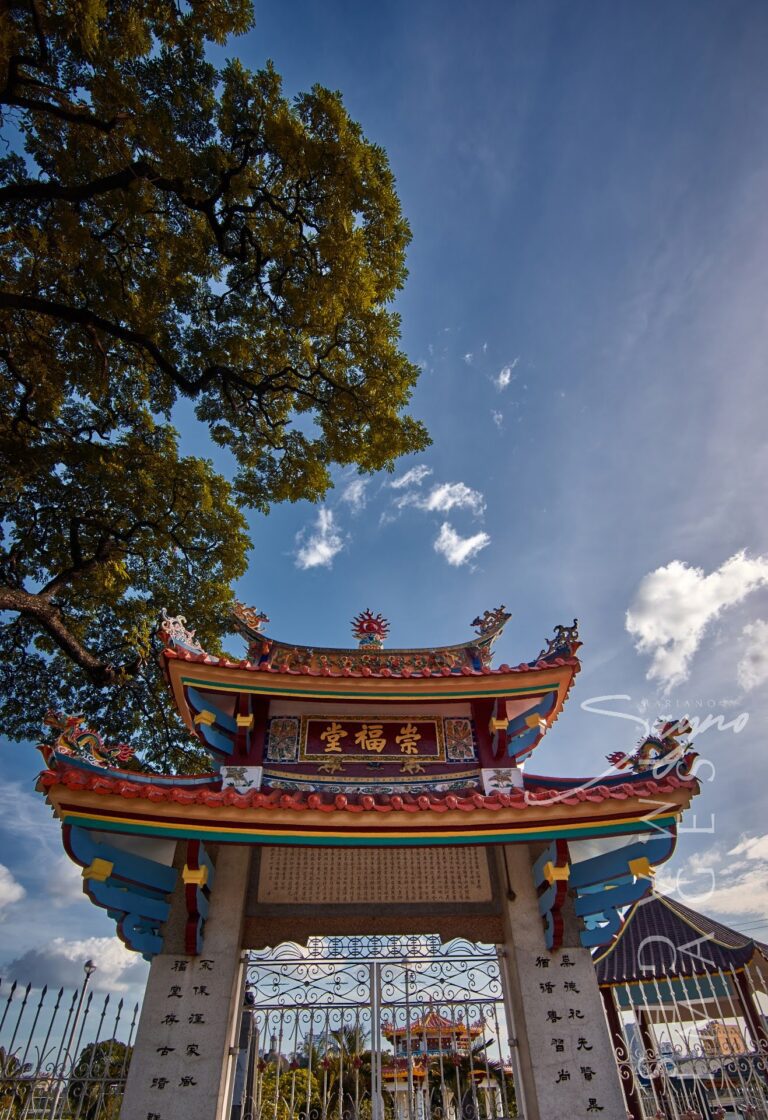

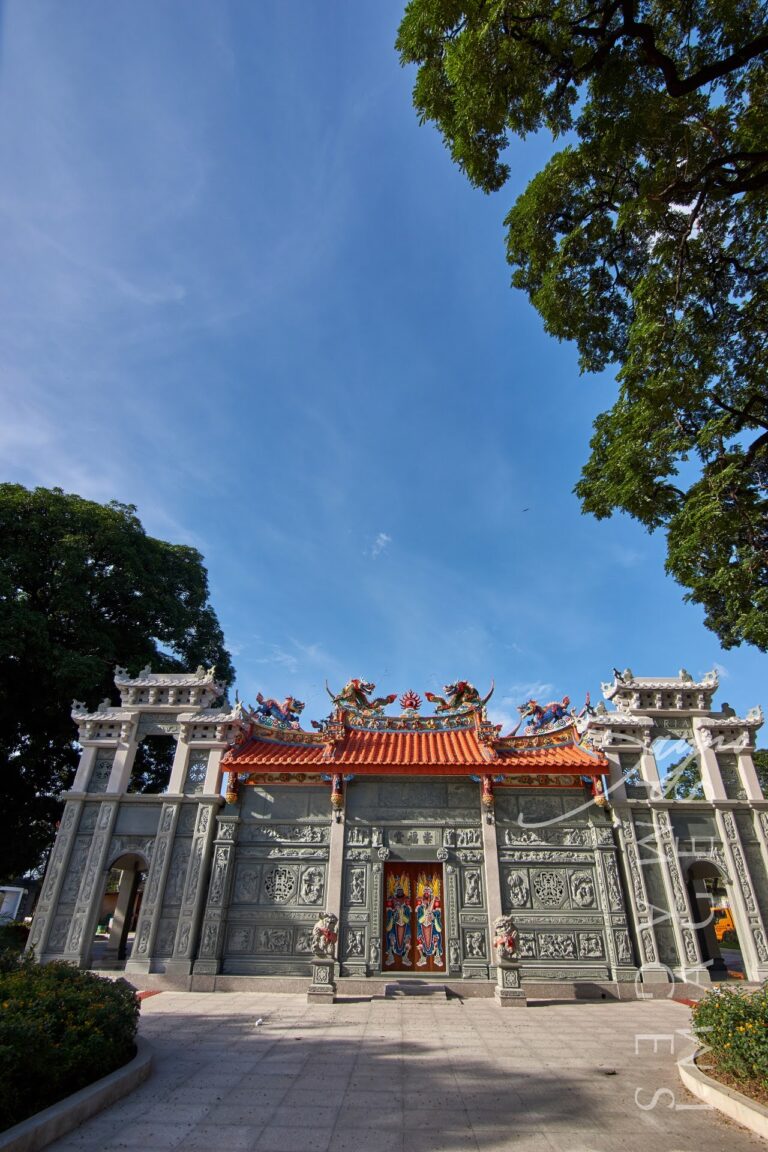
Even though the original temple is gone, the site remains a compelling stop for anyone curious about Manila’s rich, multicultural layers. It offers an eye-opening look into Chinese-Filipino heritage that’s hard to find elsewhere. The temple is surrounded by the Manila Chinese Cemetery, a place teeming with ornate mausoleums, family shrines, and stories waiting to be uncovered. Even the rebuilt structure, though modern, is visually striking—especially for photographers or architecture buffs looking for something beyond the usual Spanish colonial designs.
What’s more, the space carries a quiet energy that’s rare in Manila. Far from the usual tourist chaos, it’s one of those places that lets you pause, reflect, and soak in a different side of the city’s story. For travelers who prefer meaningful, off-the-beaten-path experiences, this temple hits the mark.
The temple’s presence gains even more weight when you realize it’s located in one of the most historically unique cemeteries in the country. The Manila Chinese Cemetery was established during a time when Chinese were not allowed to be buried in Catholic cemeteries. It became a city within a city—complete with streets, gated mausoleums, and even homes where families stayed during All Souls’ Day.
This cemetery wasn’t just for the dead—it was a reflection of how deeply Chinese culture had taken root in Philippine society, even in the face of colonial limitations. Visiting Chong Hock Temple gives you a glimpse into this lesser-known side of Manila’s colonial-era history.
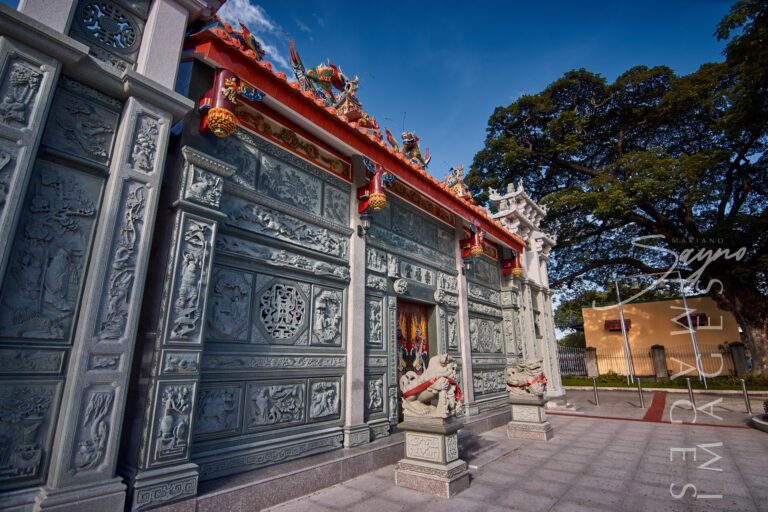
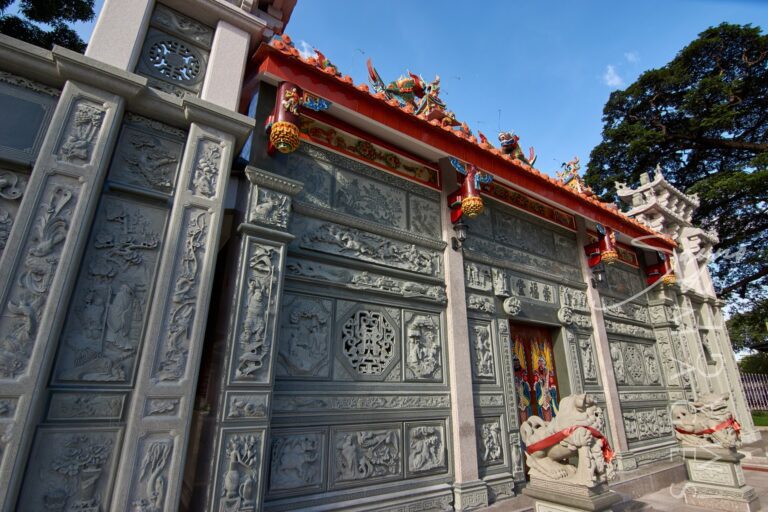
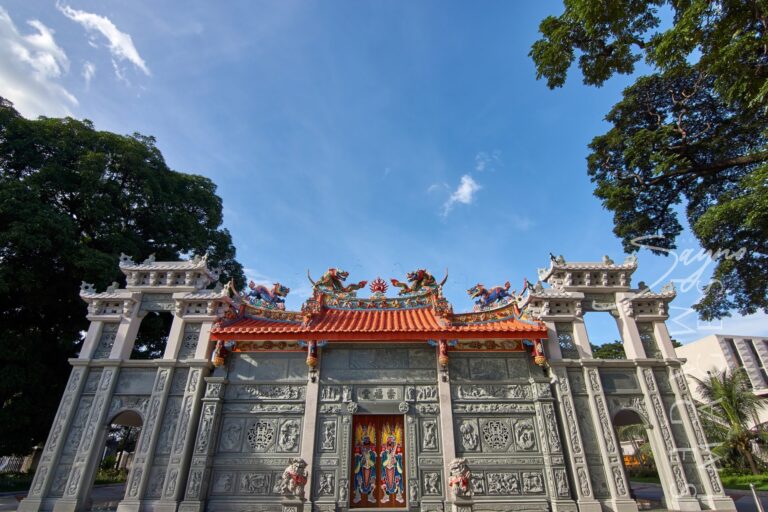
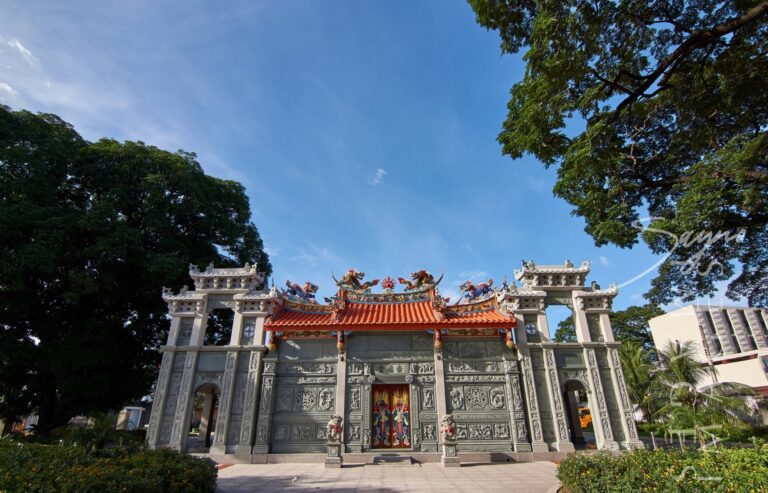
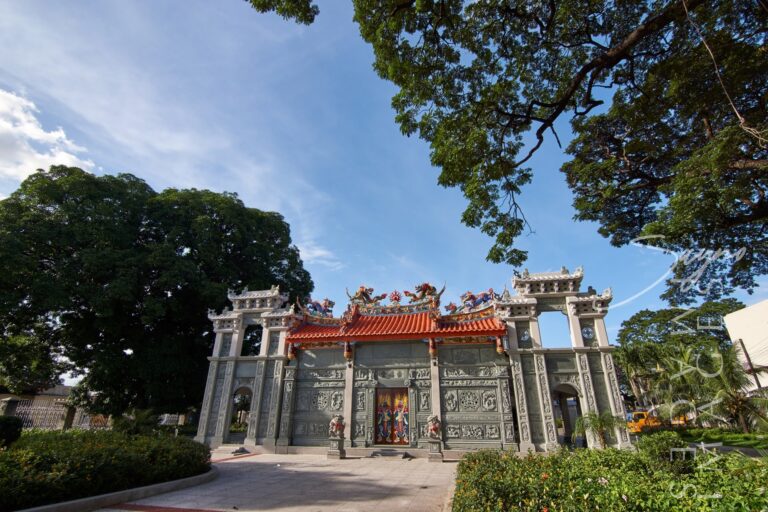
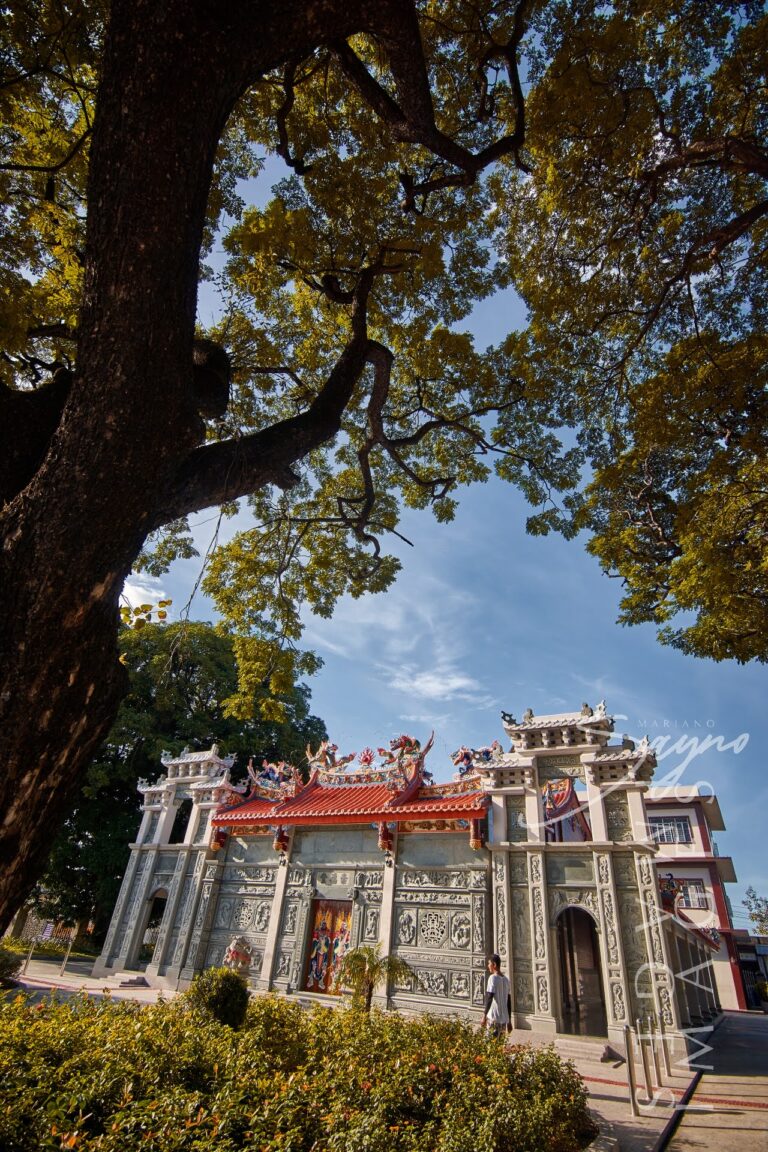
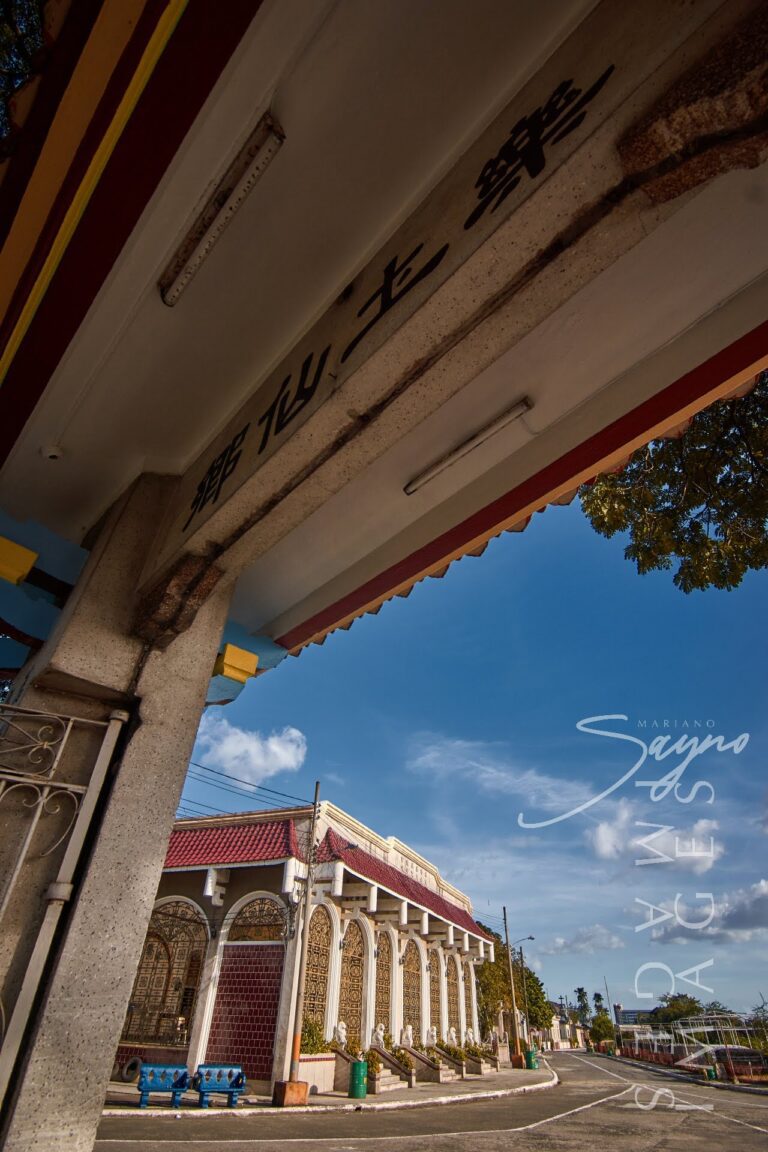

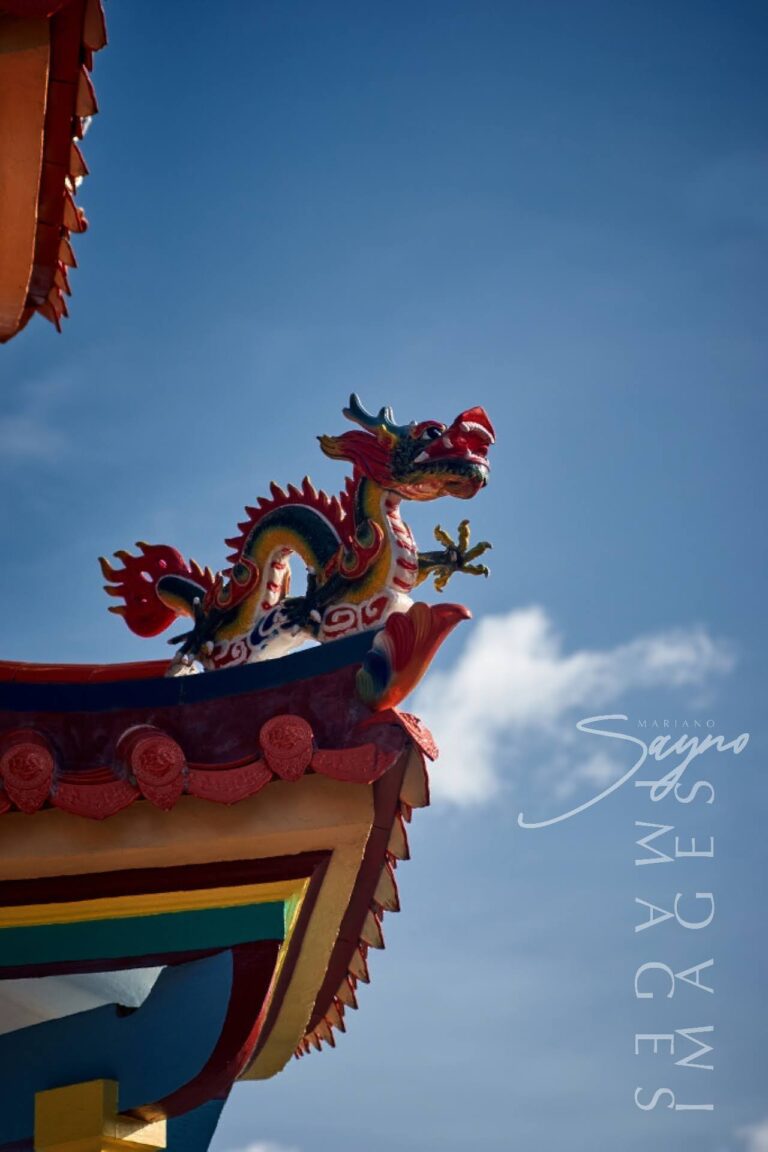
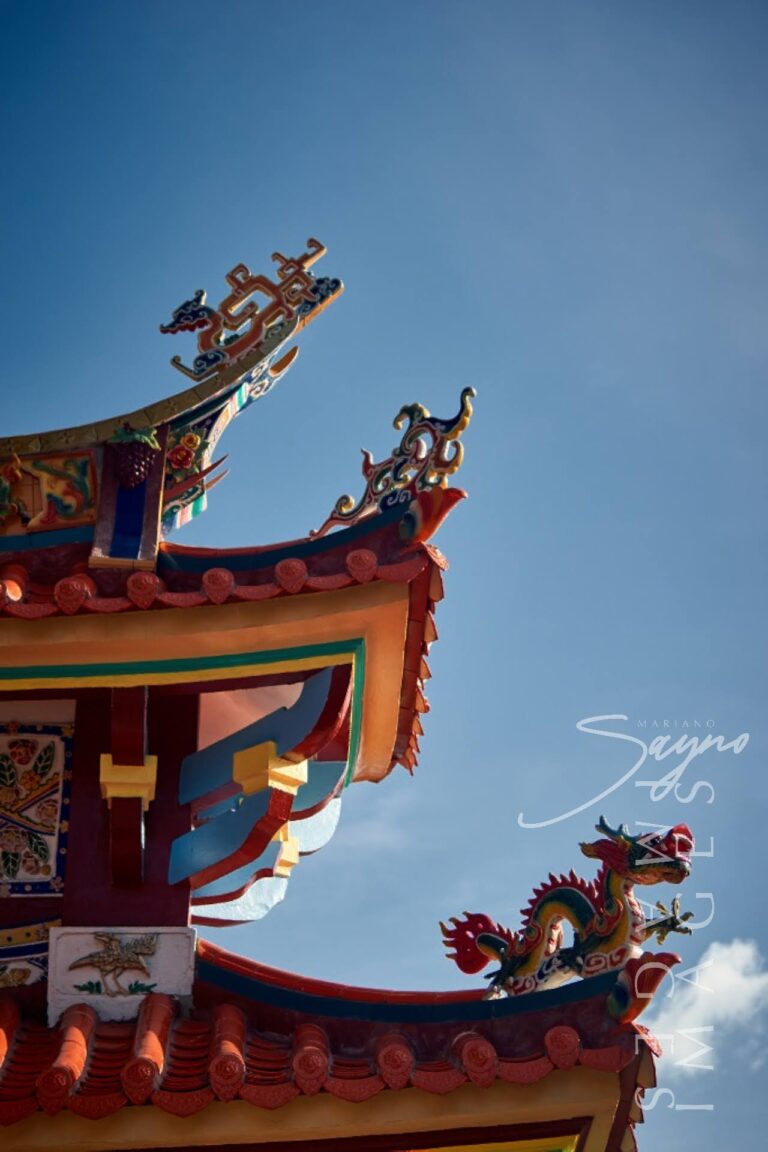
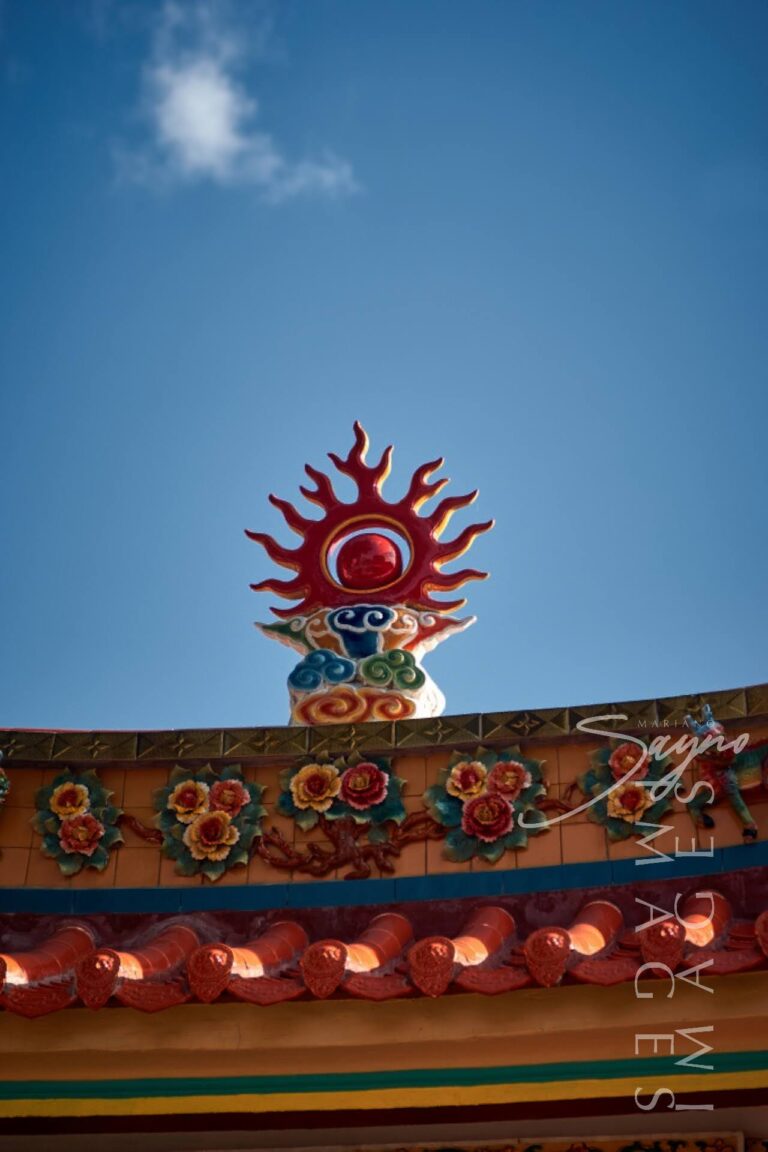
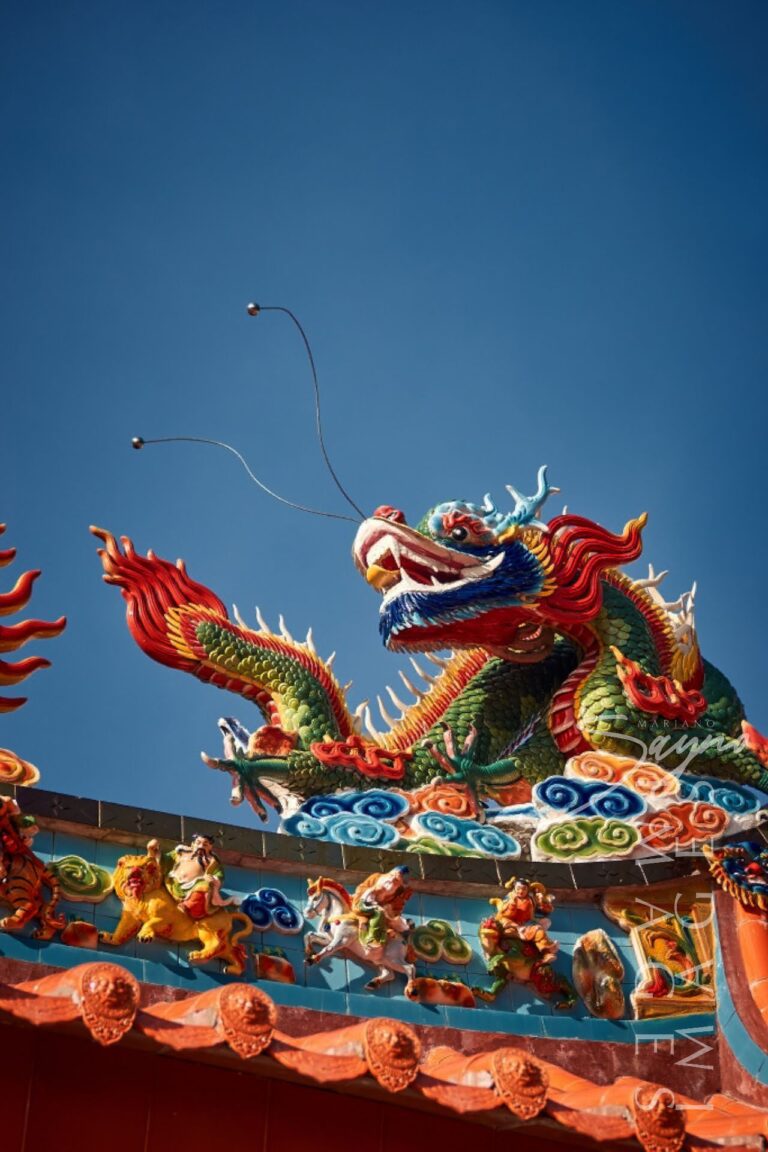
What makes the temple even more fascinating is its religious fluidity. The original Chong Hock Temple catered not just to Taoists or Buddhists—it also featured Christian architectural elements, and some altars included Catholic saints. This blending wasn’t accidental. Many Chinese-Filipinos, over generations, adopted beliefs from both Eastern and Western traditions, creating a form of syncretic spirituality unique to the diaspora.
So don’t be surprised if you see incense burning beside an image of the Virgin Mary. That coexistence speaks volumes about the community’s ability to adapt while still honoring their roots.
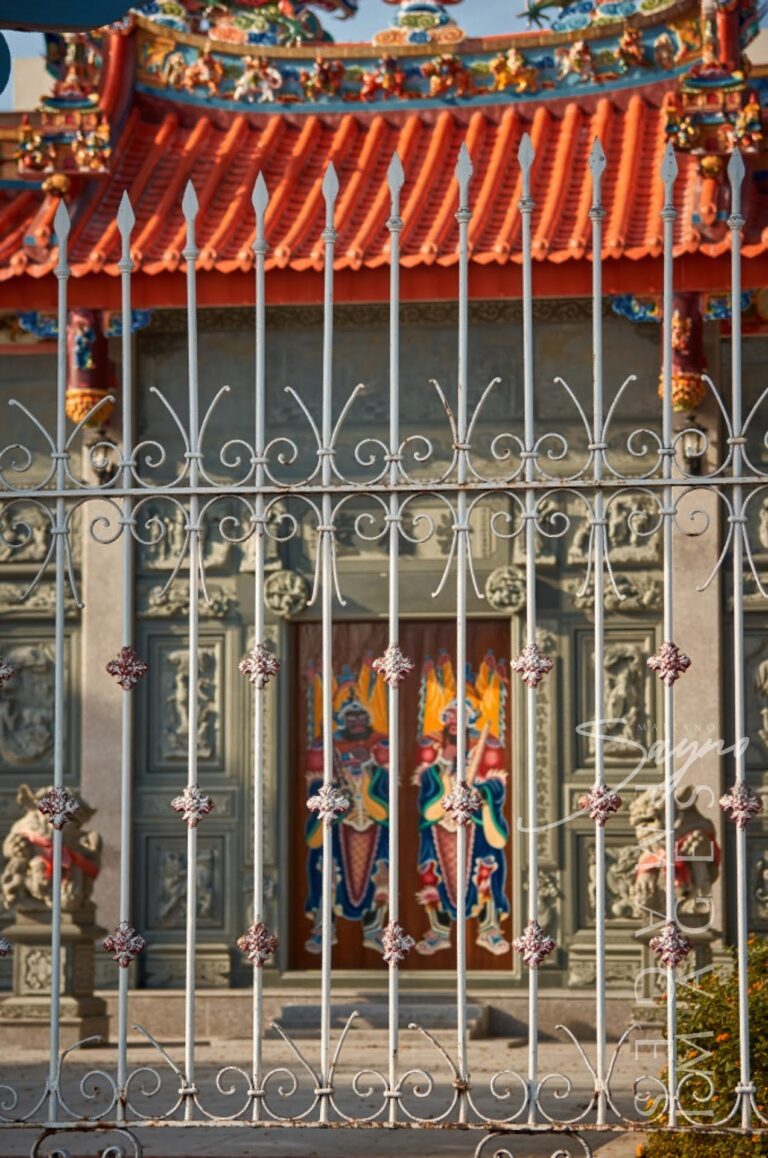
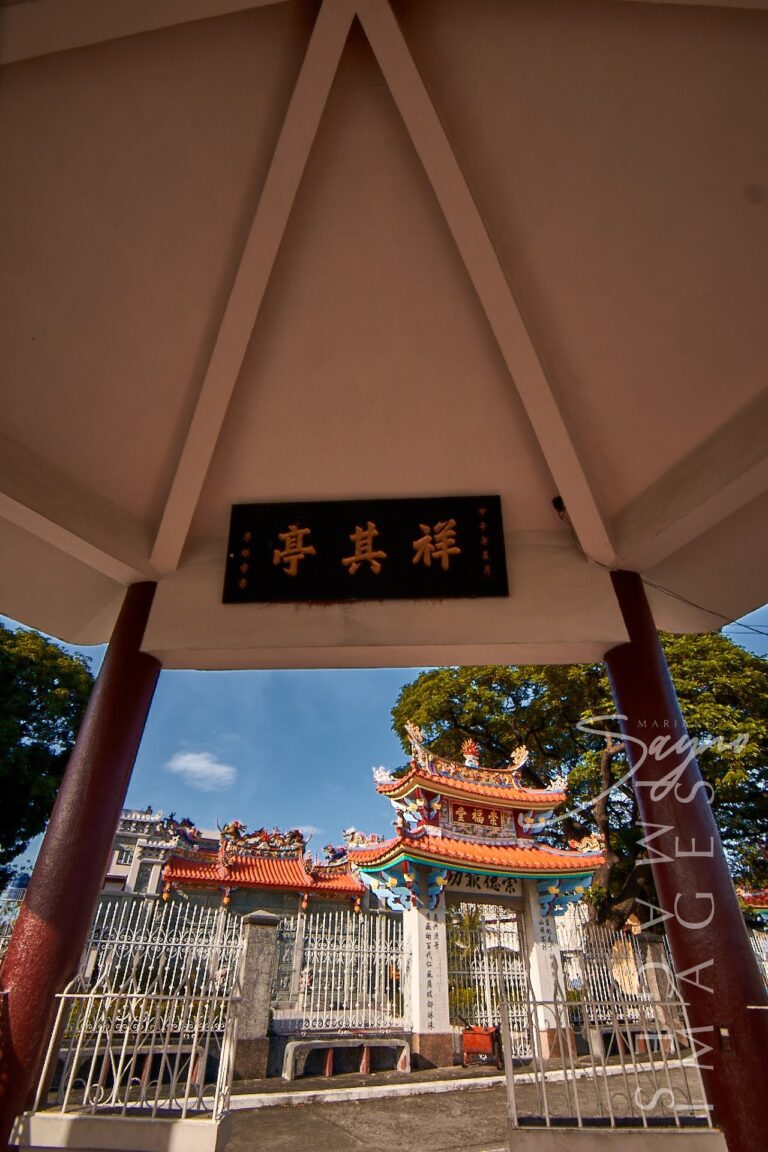

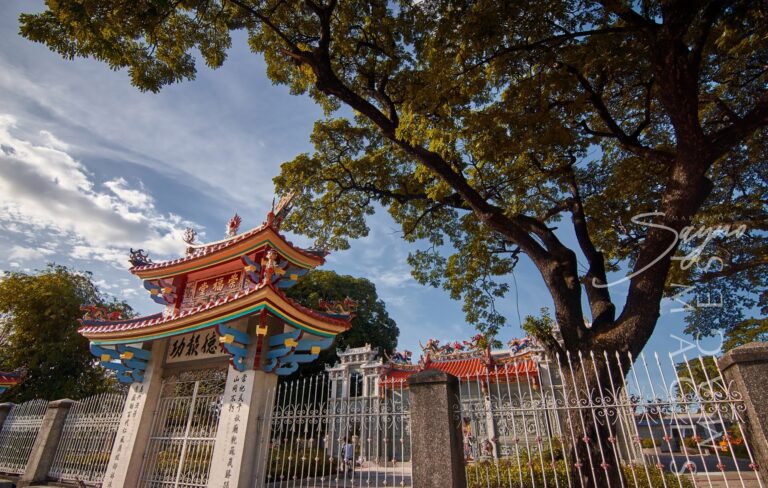
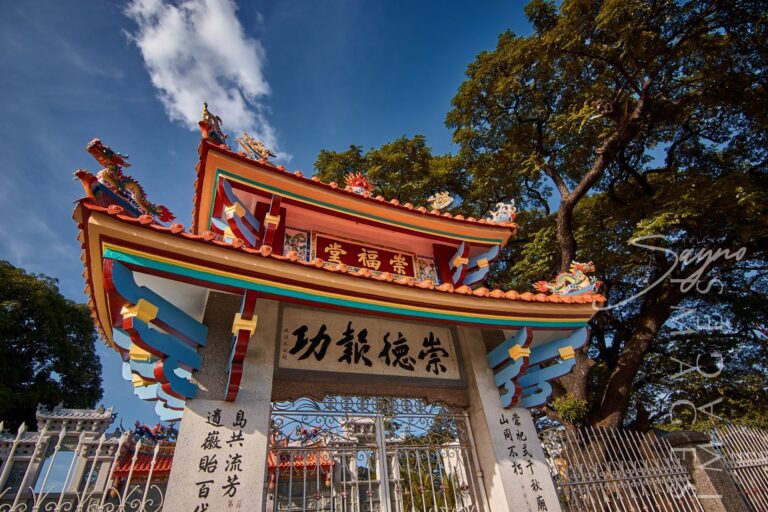
If you’re lucky enough to visit during major Chinese holidays like the Lunar New Year or Qingming Festival (Tomb-Sweeping Day), the temple area comes alive with activity. Families visit graves, burn incense, offer food, and sometimes even set off firecrackers. It’s not just a tradition—it’s a form of remembrance, a way to pass stories from one generation to the next. Tourists are often welcome to observe respectfully, and it’s a beautiful moment to witness living heritage in motion.
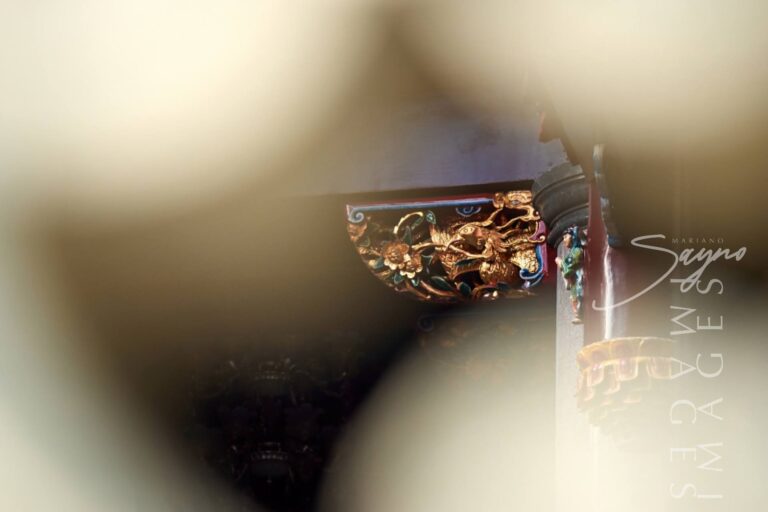


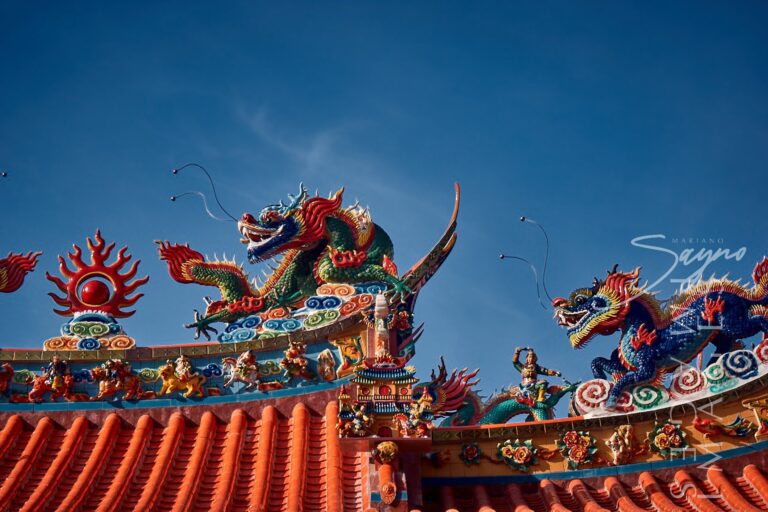
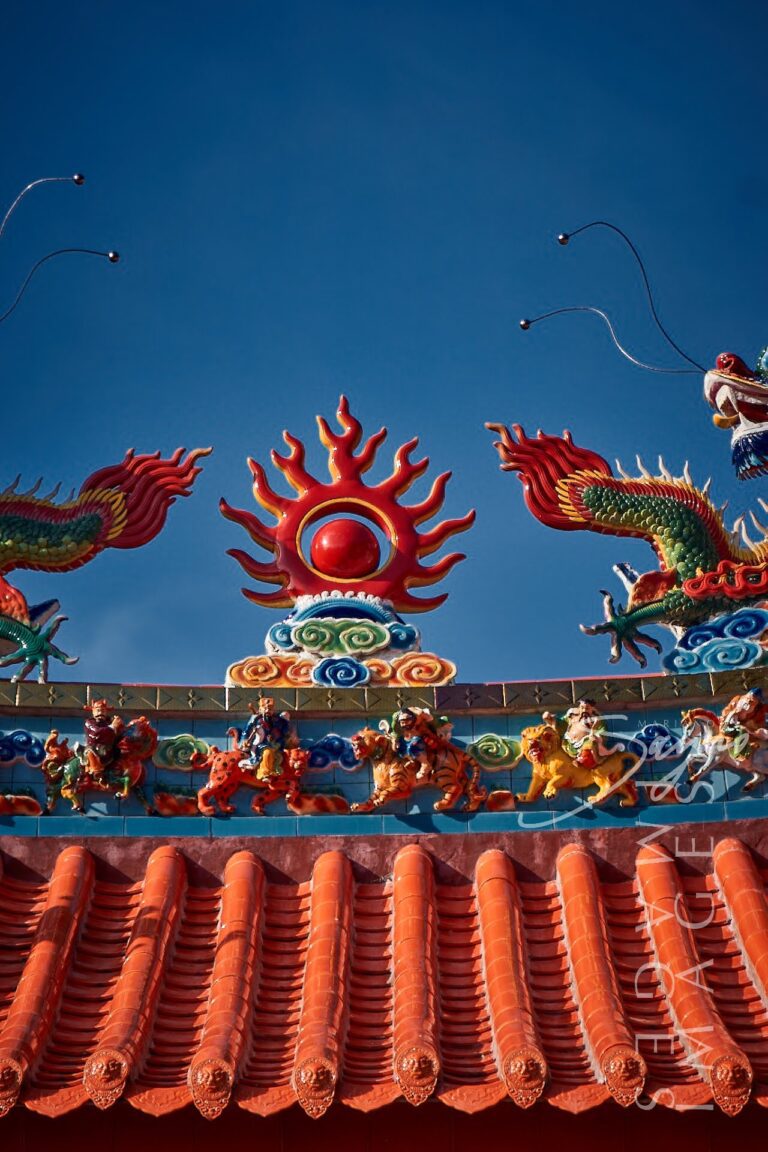
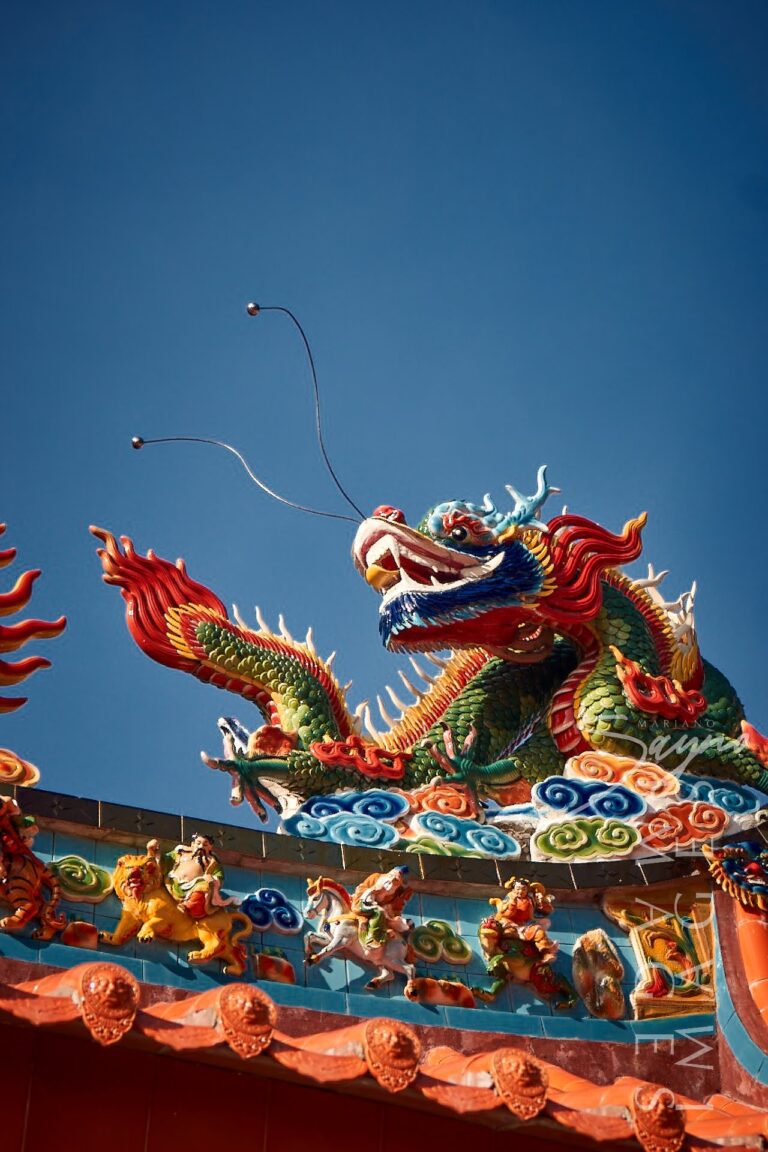
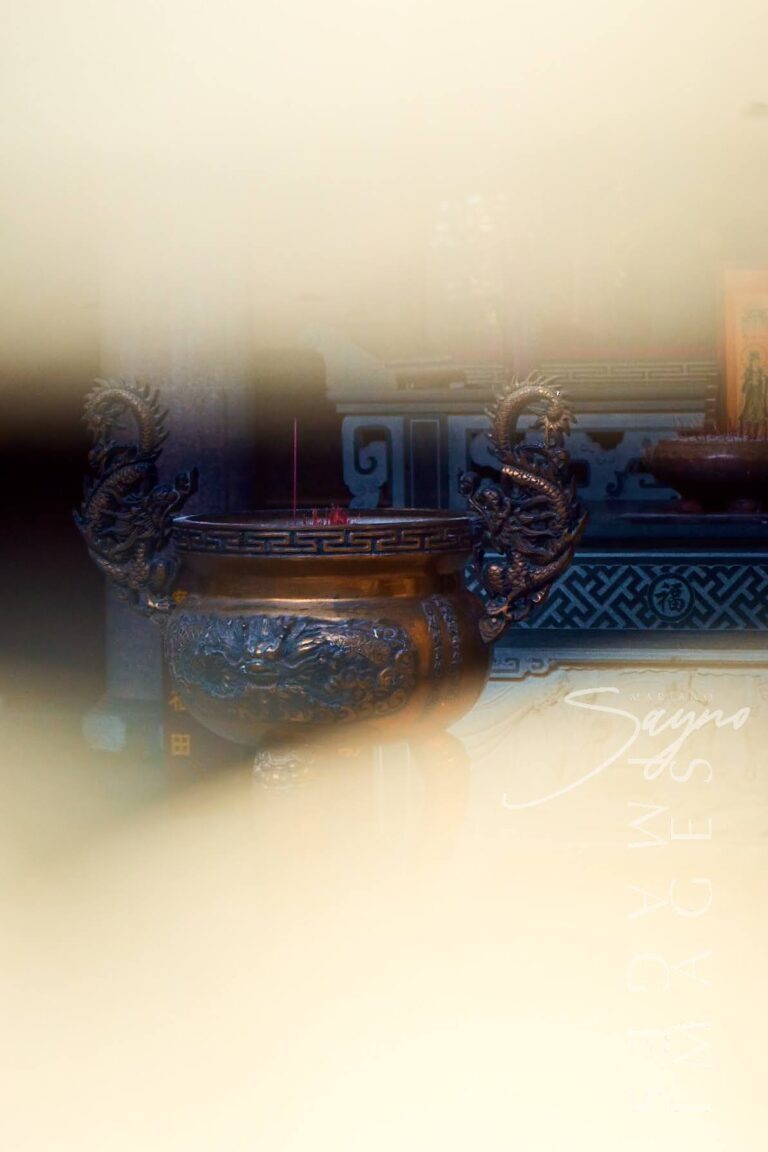

RELATED STORIES

Malate Church stands as a profound symbol of faith, resilience, and artistry, preserving its sacred role and architectural splendor through centuries of triumphs and trials.
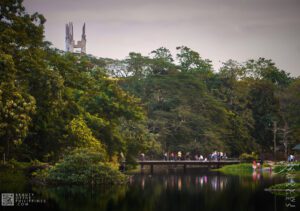
Situated in the heart of Quezon City, the Ninoy Aquino Parks and Wildlife Center (NAPWC) offers a serene retreat from the bustling streets of Metro
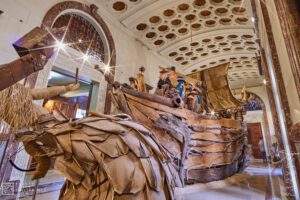
The National Museum of Anthropology, located in the heart of Manila within the National Museum Complex, is a must-visit destination for travelers eager to explore
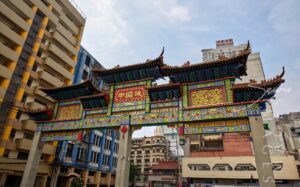
In addition to being considered the oldest Chinatown in the world, Binondo Chinatown is also the center of trade and commerce in Manila City. In
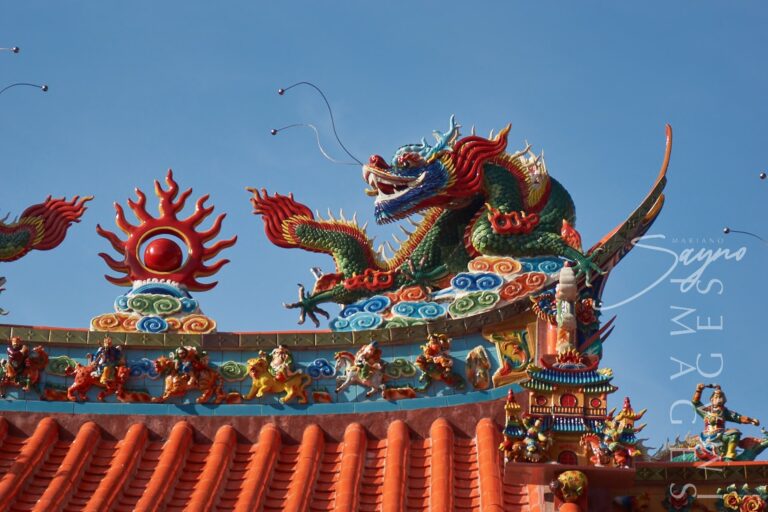
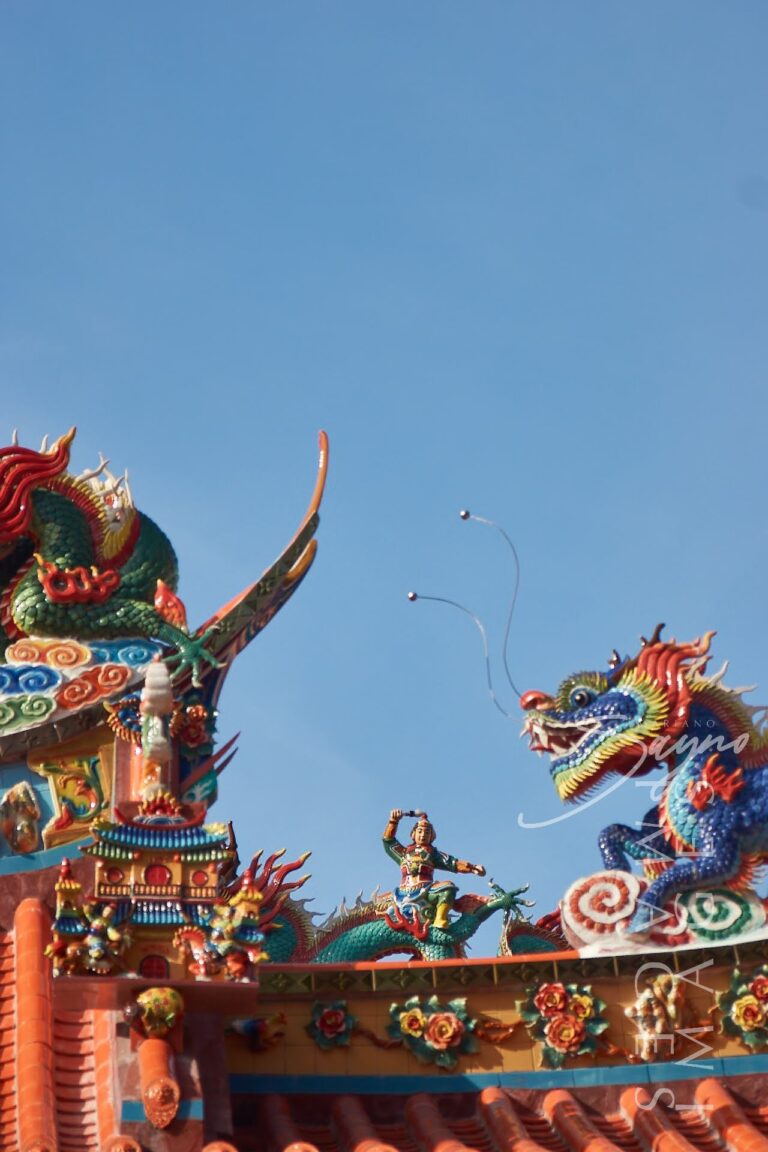
Once you’ve explored the temple and cemetery grounds, don’t rush off just yet. There are nearby attractions that tie well into the overall historical trail. A short drive away is Binondo, the oldest Chinatown in the world, where you can sample authentic Chinese-Filipino dishes and shop for traditional herbs, charms, and teas. You might also want to pass by La Loma Cemetery or even explore Santa Cruz Church, a landmark that showcases the city’s blend of Catholic and Chinese history. The entire area offers a tightly woven cultural fabric—you just have to know where to look.

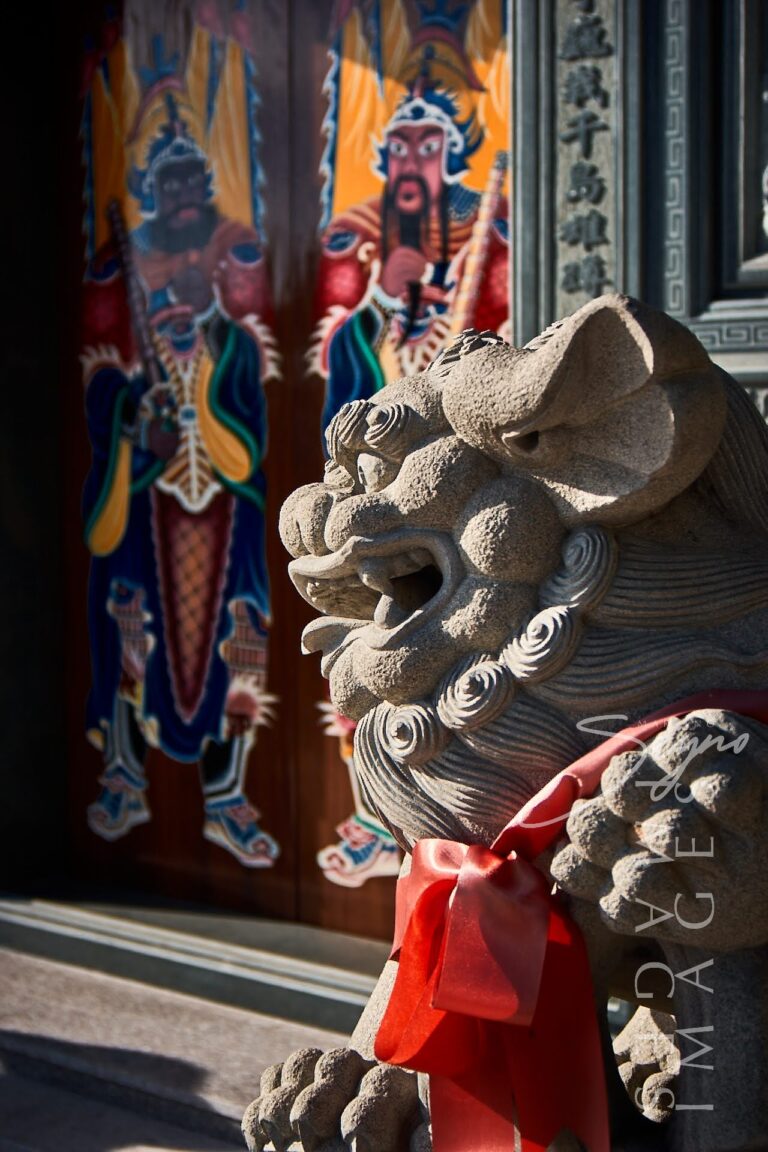
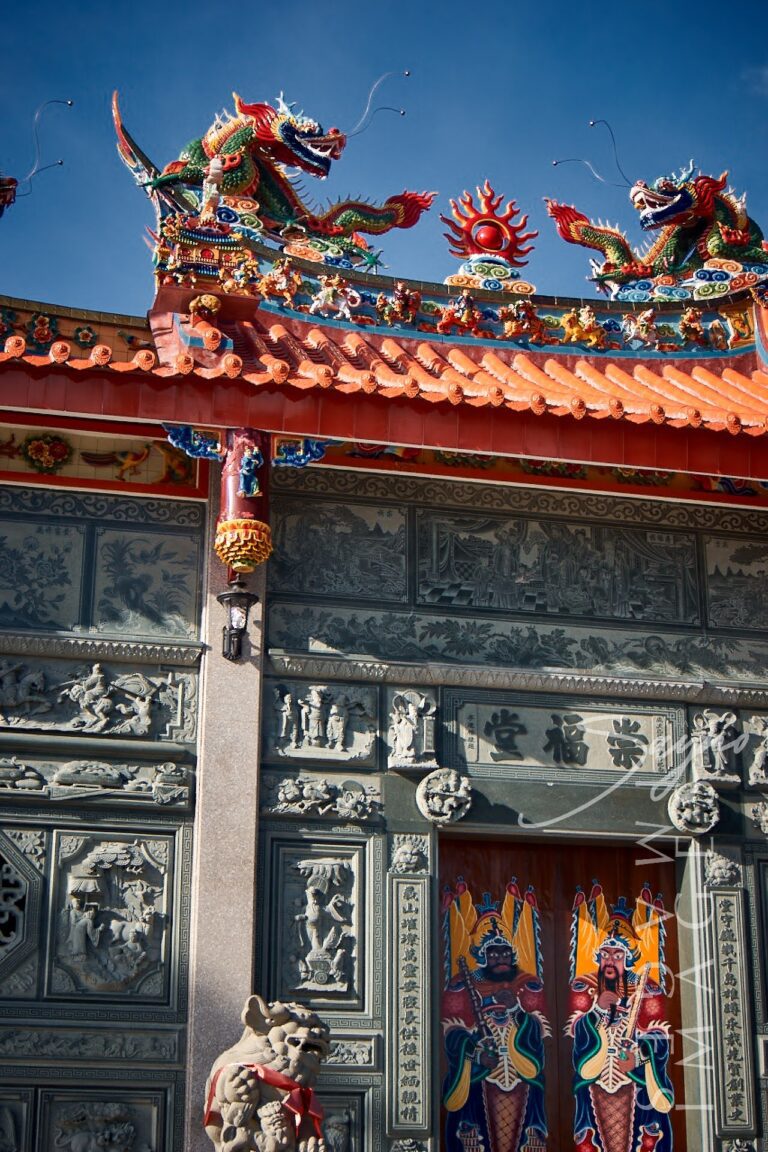

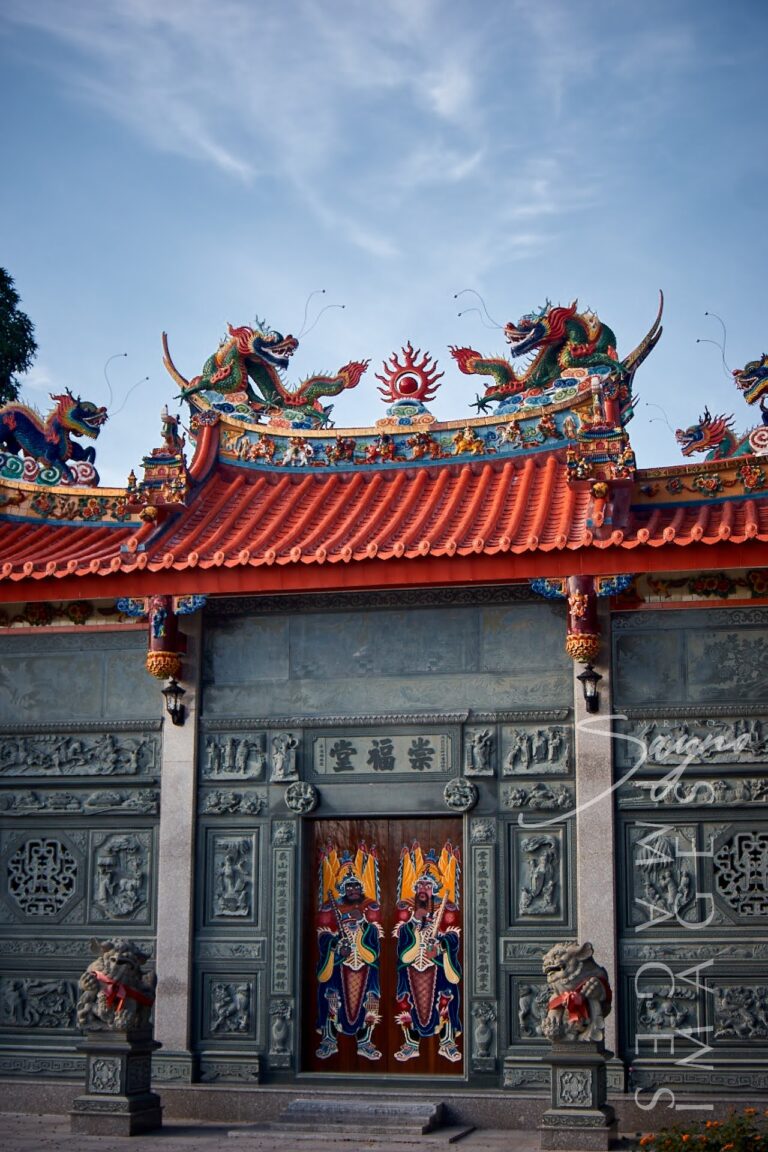
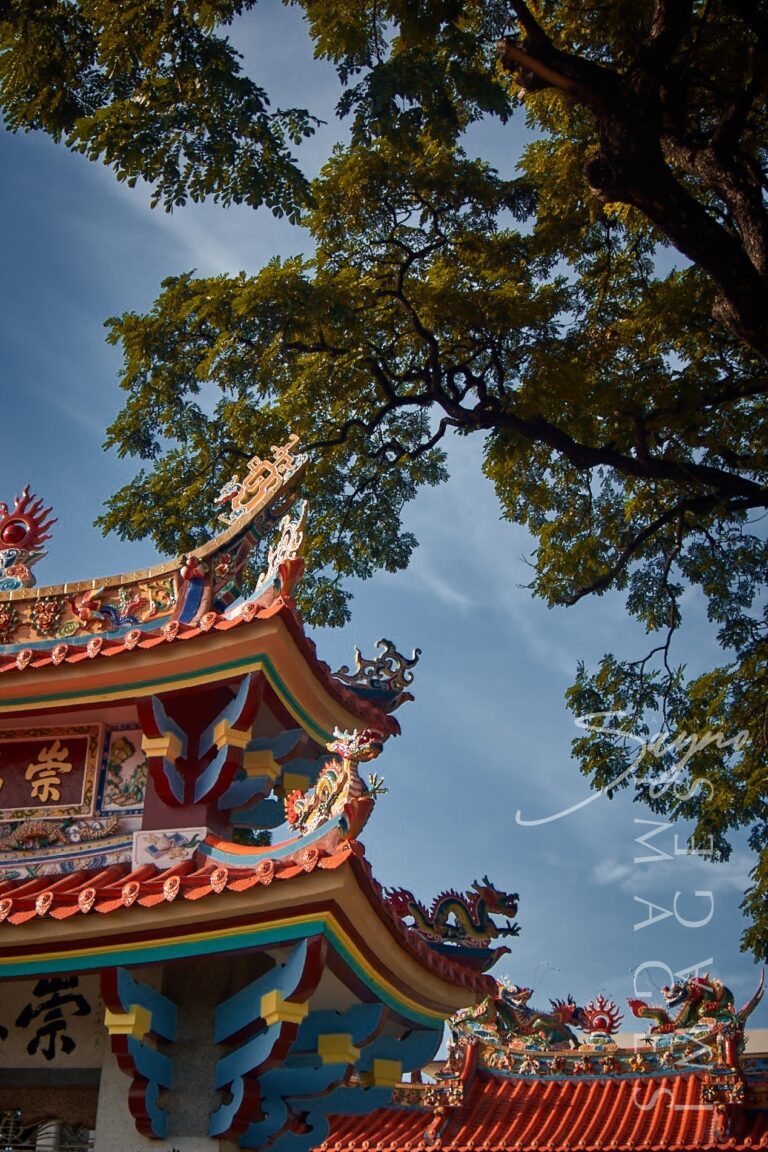

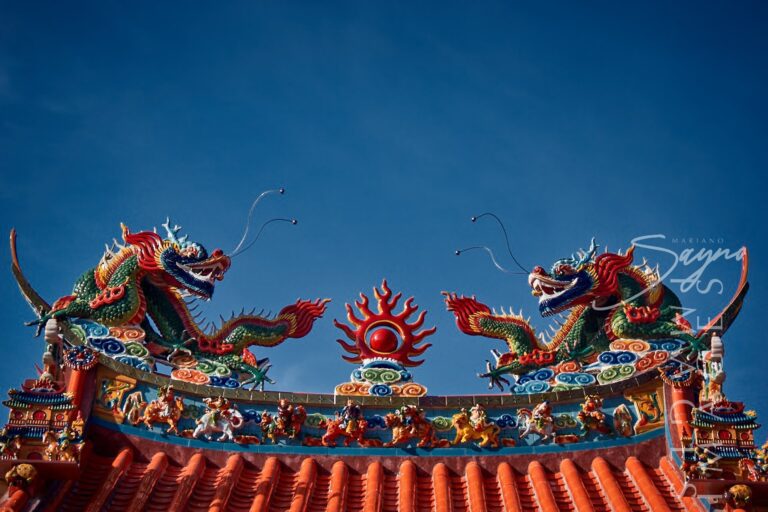
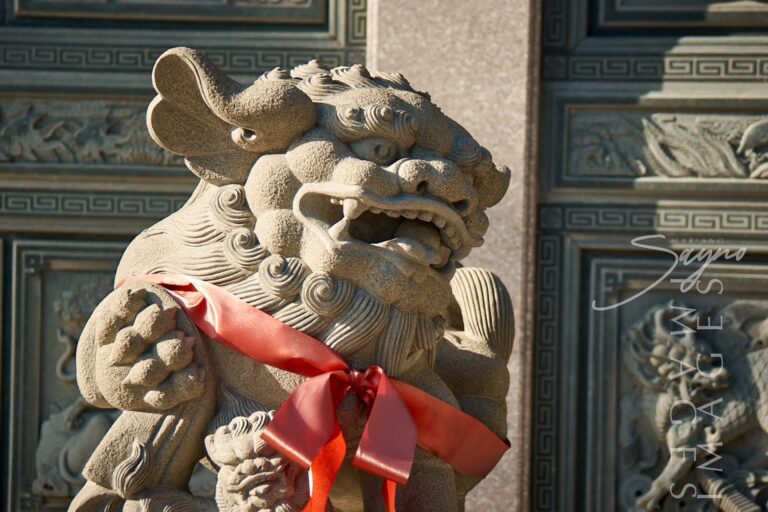
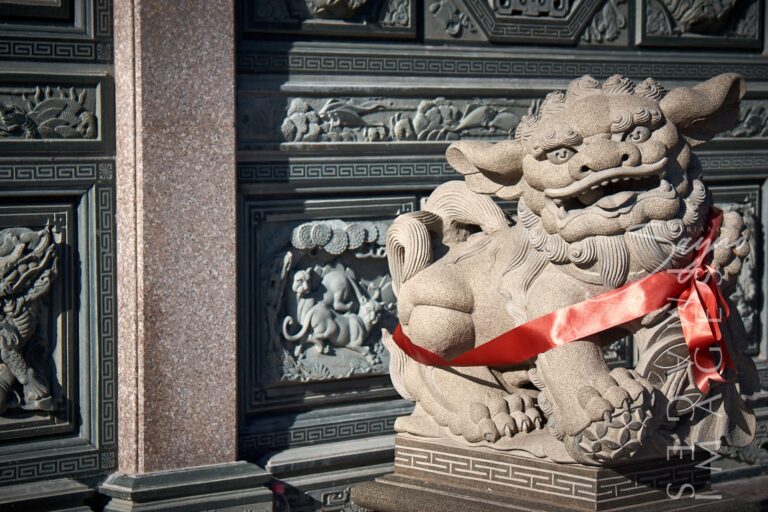

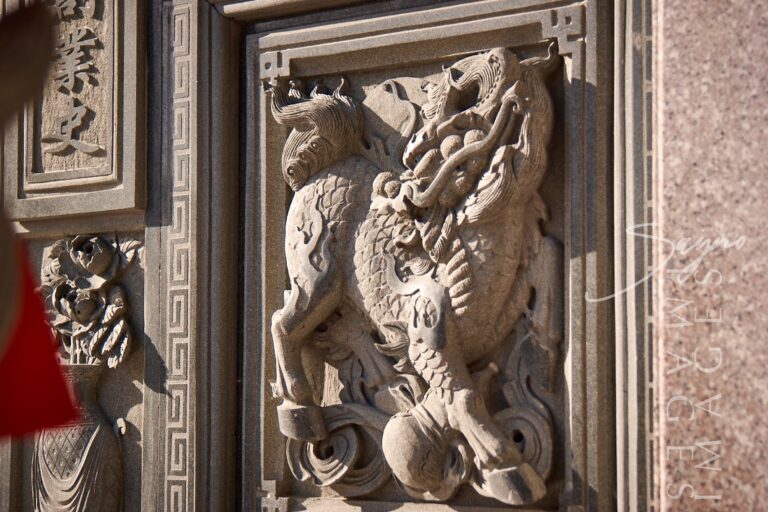
You’ll find Chong Hock Tong Temple inside the Manila Chinese Cemetery in Santa Cruz. It’s best to go in the early morning or late afternoon—not just to avoid the heat, but also to catch that beautiful, golden-hour light that makes everything look more dramatic. While there’s no official entrance fee, a small donation is usually appreciated. And if you really want to make the most of your visit, consider hiring a local guide. A lot of the stories and historical context aren’t posted on signs—you need someone who knows the place to connect the dots.

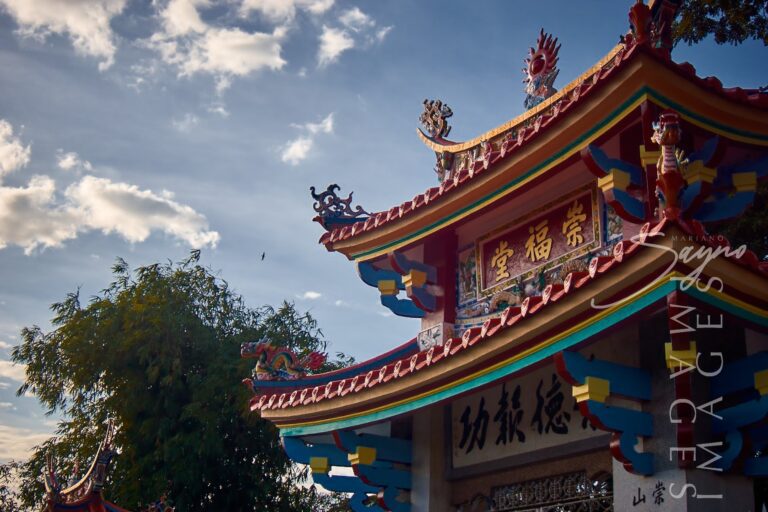
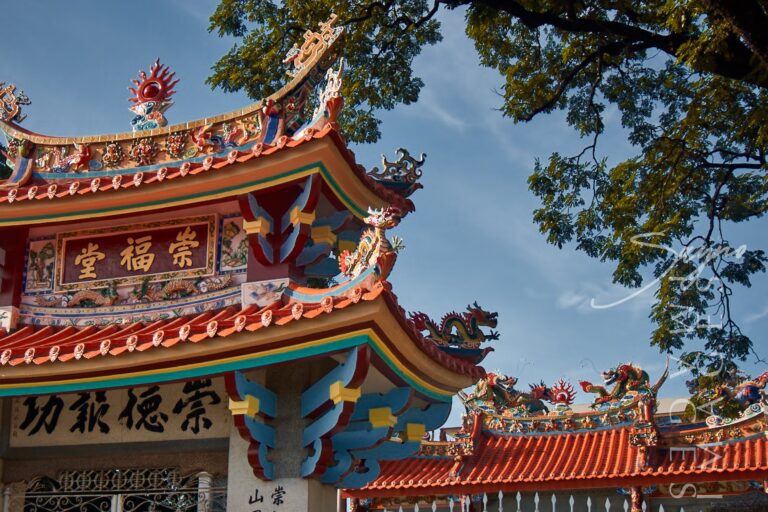
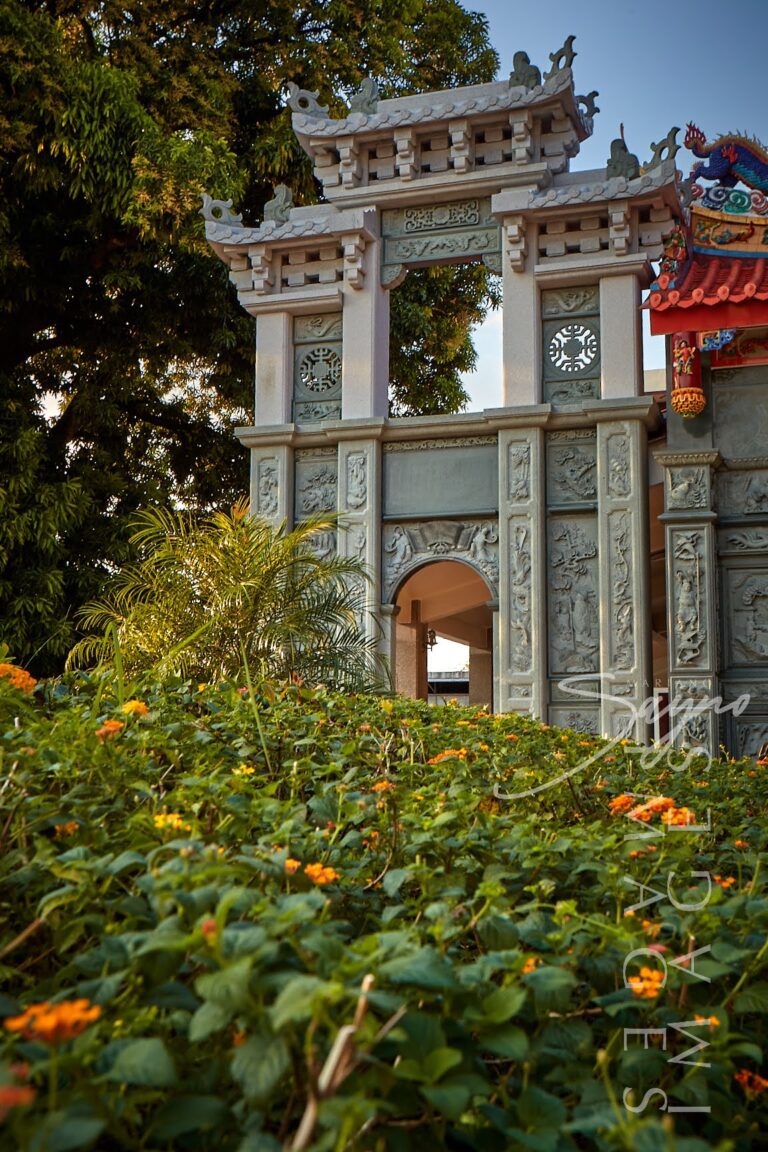
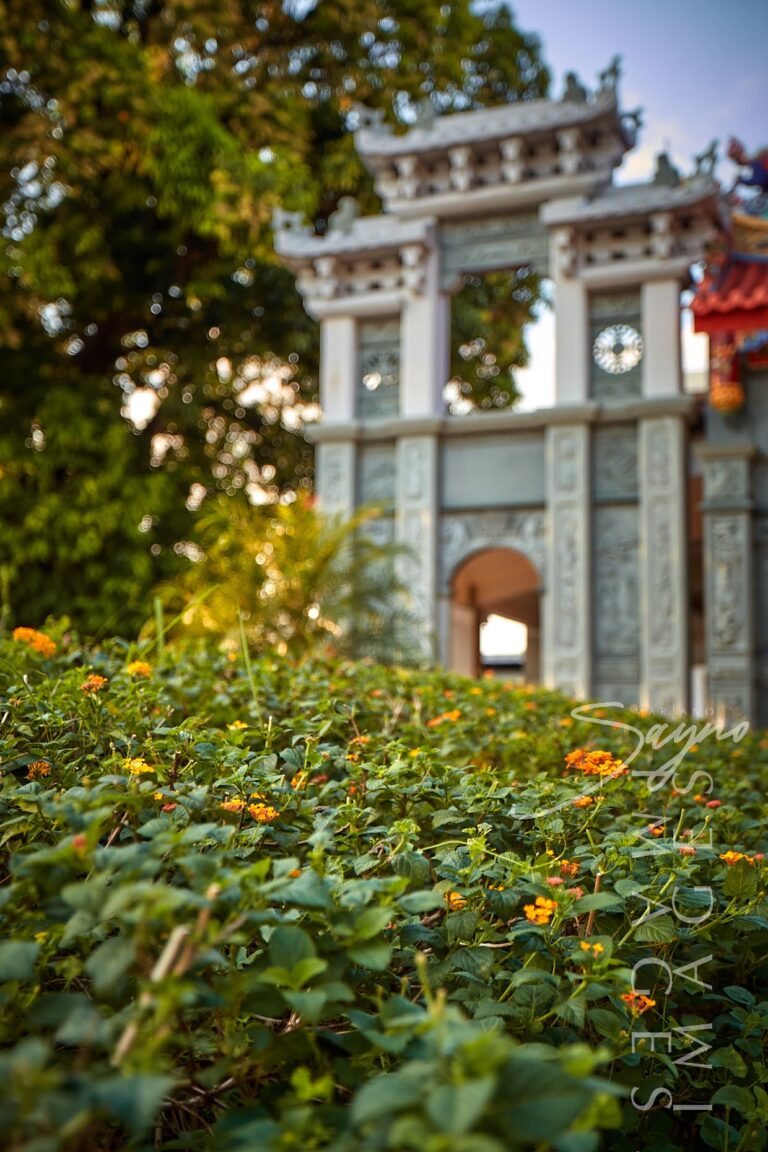
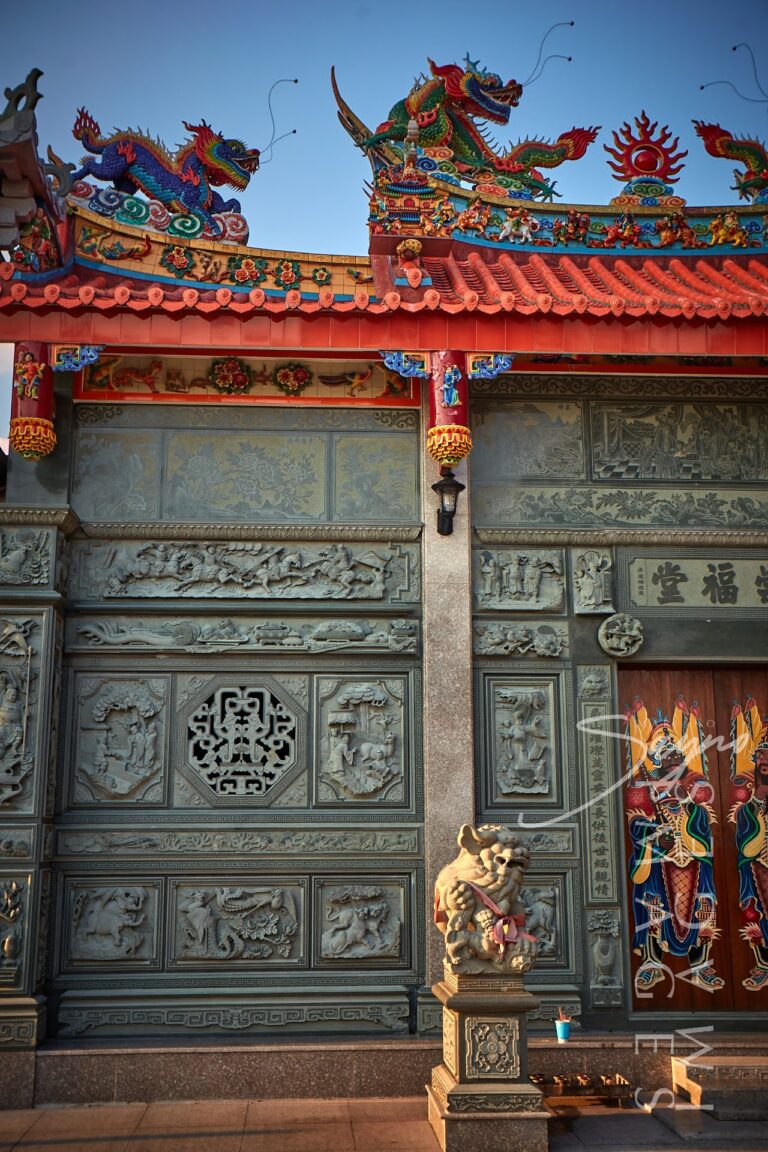
Chong Hock Tong Temple isn’t your typical tourist attraction. There’s no flashy signage, no souvenir shops outside. But that’s what makes it special. It invites curiosity. It asks you to slow down. It rewards you with insight into a part of Manila that’s often overlooked but incredibly rich in meaning. So next time you’re in the city, take a detour. Walk its quiet paths. Let the architecture speak. You won’t just learn about Chinese-Filipino history—you’ll feel it.
I’m looking forward to the stories and images leaving a lasting positive impression on you, just as they have on me. Stay connected with us on social media for a weekly exploration of travel assignments and breathtaking visuals. Our focus is on championing local tourism, showcasing small businesses, and honoring the magnificence of the Philippines through the content we curate. Join us in spreading the word by clicking the ‘share’ buttons below. Your support means the world to us.
EXPLORE MORE about
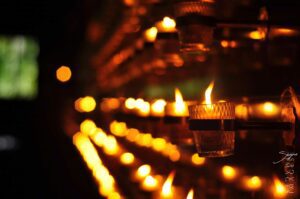
The Padre Pio Chapel, also known as the St. Pio of Pietrelcina Chapel, holds a special place in my heart as a photographer. It revealed

If you’re exploring Manila, one spot you shouldn’t miss is Plaza Rajah Sulayman, a scenic and historically significant public square in the heart of Malate,
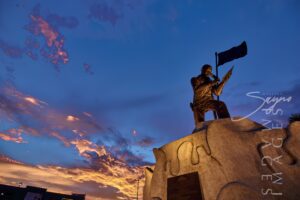
The Andres Bonifacio Birthplace Monument in Tutuban, Divisoria stands as a powerful symbol of Filipino patriotism and a tribute to the courage and leadership of Andres
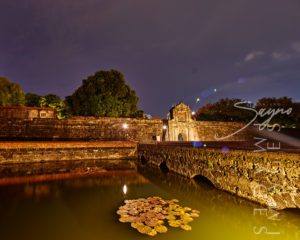
It is also known as the Walled City, and during the Spanish Colonial Period it was synonymous with the city of Manila. Intramuros was also
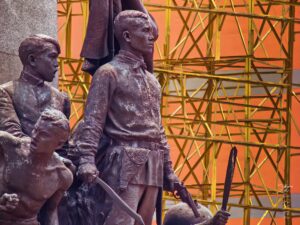
The Bonifacio Monument, also called Bonifacio Monumento or Monumento, proudly stands in Caloocan City, Metro Manila. It is a powerful symbol created by the National
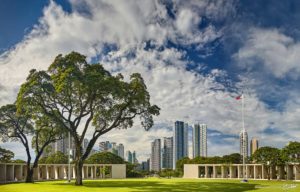
Manila American Cemetery and Memorial is located in the heart of Taguig City on the lands of Fort Bonifacio and serves as the largest grave
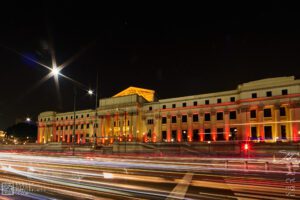
Manila, the vibrant capital of the Philippines, is home to a wealth of cultural and historical landmarks, and among its crown jewels is the National
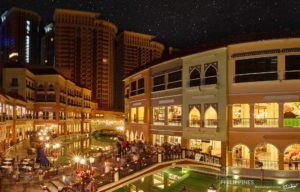
Located in the heart of the Taguig City, the Venice Grand Canal is a lifestyle mall development under the Megaworld Lifestyle Malls Located inside the
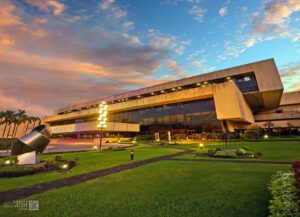
The Philippine International Convention Center (PICC) stands as a monument to the Philippines’ ambition to be a key player on the global stage. With its
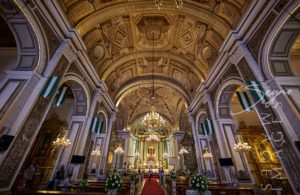
Known as one of the most important baroque churches in the Philippines and as one of the only four baroque churches in the Philippines that
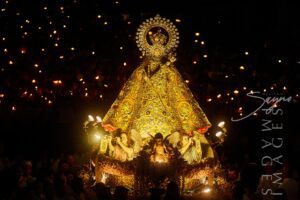
Every October, the vibrant streets of Quezon City come alive with faith, devotion, and rich cultural traditions during the Feast of La Naval de Manila.
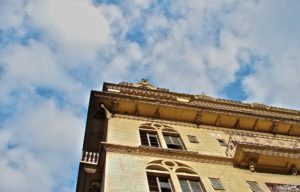
It is always a surprise for buildings, parks and houses to survive such wars as it is almost inevitable that everything will be brought down
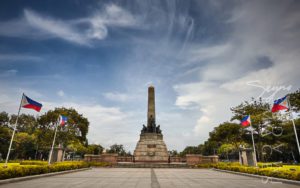
Located along Roxas Boulevard, Manila and adjacent to the century-old walled city of Intramuros, the Luneta National Park, or “Luneta” as many refer to it,
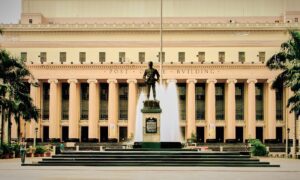
Nestled in the heart of Manila, Liwasang Bonifacio is a place where history, culture, and modern urban life converge. Formerly known as Plaza Lawton, this
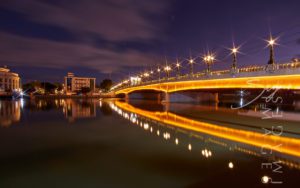
The newly restored Jones Bridge is easily recognizable by its beautifully designed black lamp posts—the same ones that were there when the bridge was first

The National Museum of Anthropology, located in the heart of Manila within the National Museum Complex, is a must-visit destination for travelers eager to explore
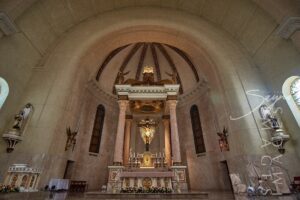
When in Quezon City, one of the most serene and awe-inspiring places to visit is the Mount Carmel Shrine, a haven of peace, spirituality, and
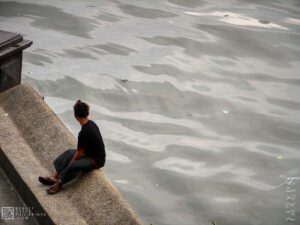
Quezon Bridge, a striking steel arch bridge spanning the Pasig River, is more than just a vital transportation link—it is a historical icon of Manila.
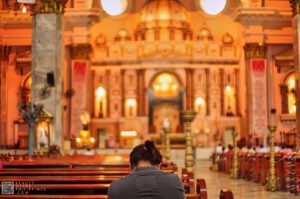
The Binondo Church is a historic church in Manila, located in the District of Binondo, near the Plaza San Lorenzo Ruiz. It was previously called
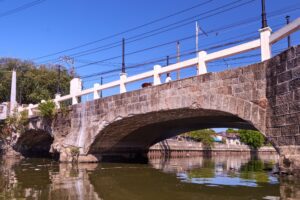
Nestled at the crossroads of Las Piñas in Metro Manila and Bacoor in Cavite, the Zapote Bridge stands as a silent yet powerful witness to
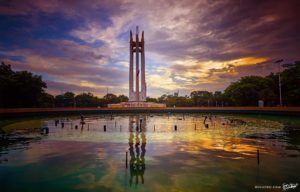
One of Quezon City’s main parks is the Quezon Memorial Circle, which is located in Quezon City and is surrounded by an elliptical road, making
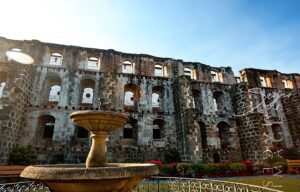
Located within the historic district of Intramuros, Manila, Padre Blanco Gardens—also known as Father Blanco’s Garden—offers a charming and romantic retreat amid centuries-old architecture. This

The University of the Philippines Diliman (UP Diliman) is more than just the country’s premier academic institution—it is a historical, cultural, and natural destination worth
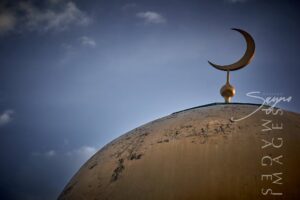
Situated in the heart of Quiapo, Manila, the Manila Golden Mosque stands as a magnificent testament to the rich cultural and religious diversity of the
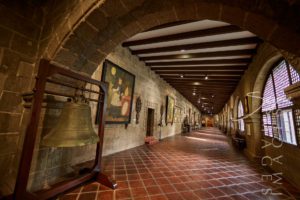
The San Agustin Museum is located adjacent to the UNESCO World Heritage Site, San Agustin Church. It is located in Intramuros—the walled city of Manila—and
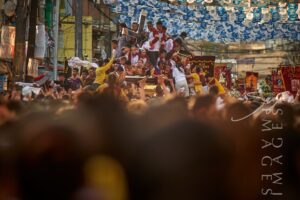
The Nazareno Festival, or the Feast of the Black Nazarene, is one of the most spectacular and deeply moving religious events in the Philippines. Held
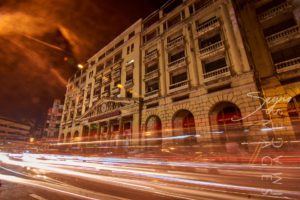
I experienced the vibrant and colorful life of downtown in full. I took some time to appreciate the beauty of Santa Cruz Church and Plaza

Malate Church stands as a profound symbol of faith, resilience, and artistry, preserving its sacred role and architectural splendor through centuries of triumphs and trials.
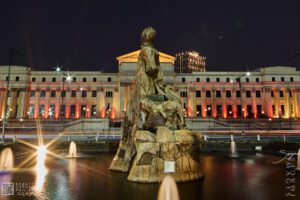
The Gomburza National Monument, located in front of the National Museum of Fine Arts along Padre Burgos Avenue in Manila, stands as a solemn tribute
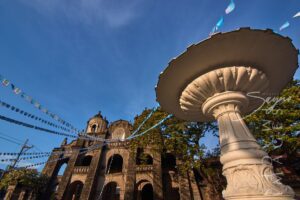
San Juan, a city tucked in the heart of Metro Manila, is often overshadowed by its more famous neighbors, yet it holds within its borders
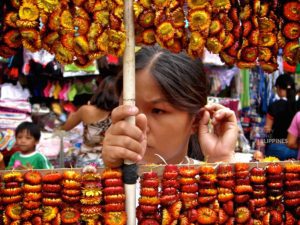
Plaza Miranda is a public square bounded by Quezon Boulevard, Hidalgo Street and Evangelista Street in Quiapo, Manila. It is the plaza which fronts the
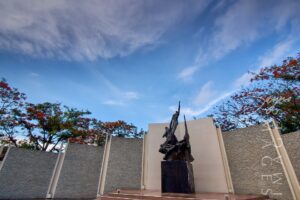
Located in the heart of San Juan City, Metro Manila, the San Juan – Pinaglabanan Memorial Shrine serves as a powerful reminder of the bravery

In addition to being considered the oldest Chinatown in the world, Binondo Chinatown is also the center of trade and commerce in Manila City. In
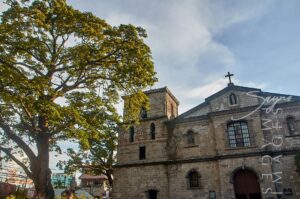
If you’re the kind of traveler who loves uncovering places with soul — you know, spots where history, culture, and a touch of magic come
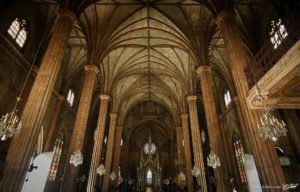
San Sebastian Church is a Roman Catholic Minor Basilica located in Quiapo, Manila. It’s also known as Minor Basilica of San Sebastian or San Sebastian

Located within the historical walls of Intramuros, Manila, Intramuros Golf Club is a true gem for both golf enthusiasts and history lovers alike. This iconic
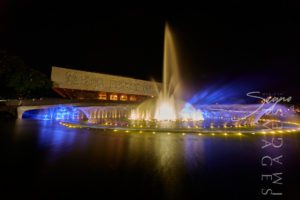
The Cultural Center of the Philippines or CCP was founded in 1966 under the directive of former President Ferdinand Marcos, in order to reinforce and
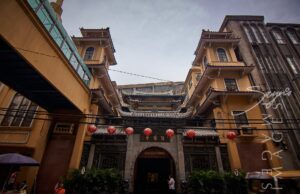
If you’re exploring the heart of Manila, you won’t want to miss Seng Guan Temple, a cultural and spiritual gem nestled in the bustling district
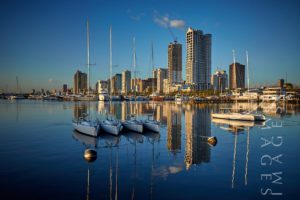
It is considered to be one of the world’s great harbors, the Manila Bay, and it serves as the Port of Manila, Philippines. Having once
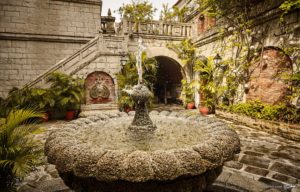
Casa Manila, located in the heart of Intramuros, Manila, is a living museum that transports visitors to the grandeur of the Spanish colonial era. As

If you’re ever wandering through the lively streets of Manila, one of the city’s must-see spots is the iconic Carriedo Fountain. Nestled in the heart

Nestled in the heart of Quezon City, La Mesa Ecopark stands as a serene sanctuary, offering both a retreat for nature lovers and an educational
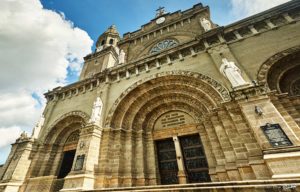
Originally built in 1880, the Manila Cathedral is the current version of the longstanding Church of Manila. It is a masterpiece of architecture that was
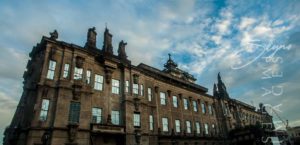
UST, also known as the University of Santo Tomas, is a private Roman Catholic university located in Sampaloc, Manila. It was founded on 28 April

As the nation’s first ever world-class marine theme park, Manila Ocean Park is located in Ermita Manila, within the Philippines’ largest urban resort/aqua-themed hotel complex

It is the home of the popular Asian elephant, Mali, as well as 90 other species. As well as being a landmark in Manila, the
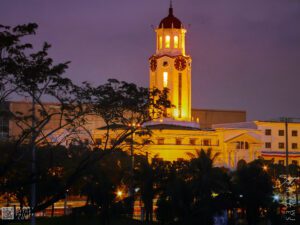
Nestled in the historic district of Ermita, Manila City Hall is more than just the seat of the city’s government—it’s a testament to the rich
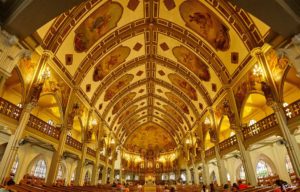
The Manila Abbey San Beda, or formally known as Abbey of Our Lady of Montserrat, is a Benedictine men’s monastery located along the streets of
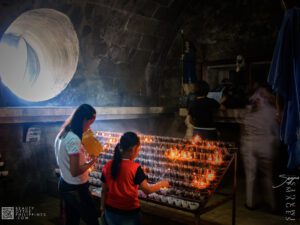
Located in the heart of Taguig City, just a short distance from the bustling Bonifacio Global City (BGC), lies the St. Anne Parish Church, more
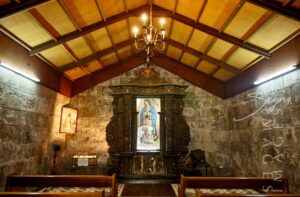
Tucked within the storied walls of Fort Santiago, a landmark that has stood as a silent witness to centuries of Philippine history, the Our Lady
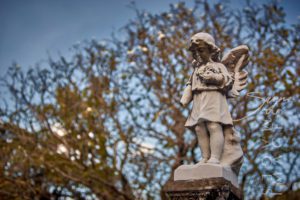
As one of the oldest cemeteries in Manila, Campo Santo De La Loma, commonly referred to as the La Loma Cemetery, is one of the
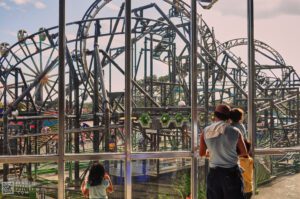
Nestled in the heart of Pasay City within the Cultural Center of the Philippines Complex, Star City stands as one of the premier amusement parks
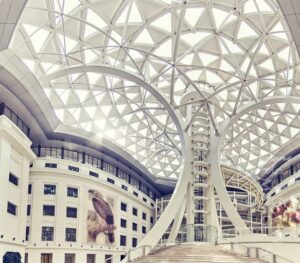
Explore the vibrant tapestry of Manila through its four national museums, each a unique gem in the city’s cultural crown. These four distinguished establishments are
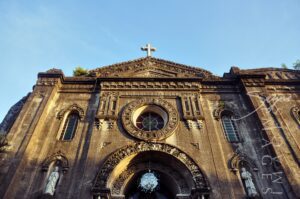
Tucked away in the bustling heart of Makati lies the Guadalupe Church Ruins, an evocative landmark that offers more than just a glimpse of the

Situated in the heart of Quezon City, the Ninoy Aquino Parks and Wildlife Center (NAPWC) offers a serene retreat from the bustling streets of Metro
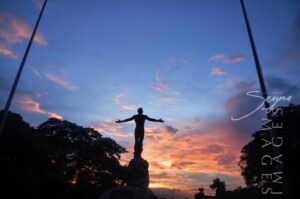
If you find yourself wandering through the sprawling campus of the University of the Philippines (UP) Diliman in Quezon City, you’ll undoubtedly encounter one of
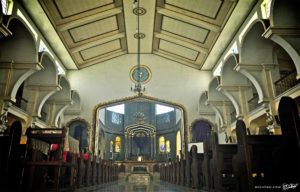
The Polo Church, formally known as the San Diego de Alcala Church, resides in the Polo neighborhood of Valenzuela, Manila. This church has a captivating
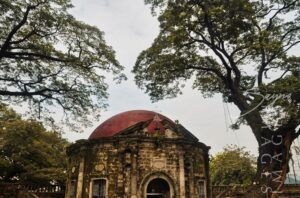
Situated in the bustling city of Manila, Paco Park is a serene oasis that invites visitors to step back in time while enjoying the calm
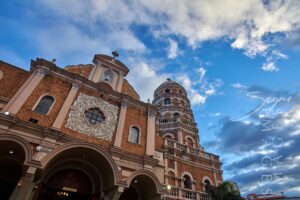
If you’re wandering through the heart of Manila and looking for a place where stories linger and time seems to slow down, Santa Cruz Church
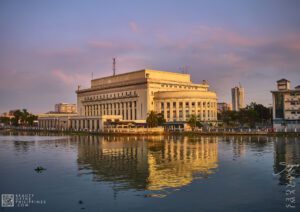
The Manila Post Office, officially known as the Manila Central Post Office, is a distinguished example of neoclassical architecture, originally designed by Juan M. Arellano,
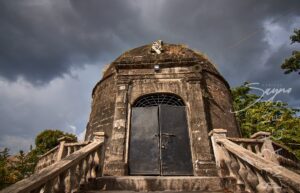
Tucked away in the heart of Taguig City, Metro Manila, lies an intriguing historical site that continues to captivate both locals and travelers alike—the Simborio.
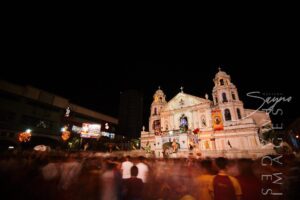
Quiapo, Manila, is home to the historic Quiapo Church, officially known as the Minor Basilica and National Shrine of the Black Nazarene. This revered religious
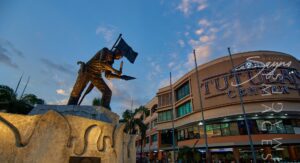
Situated in the heart of Manila, Tutuban Center is more than just a shopping destination—it’s a vibrant mix of history, commerce, and culture that draws
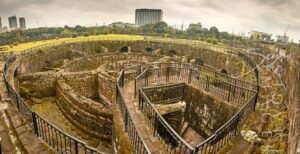
You know how sometimes, you stumble upon a place that feels like stepping straight into a history book—except the pages come alive? That’s exactly the
BROWSE BY CATEGORIES